Rochers de Naye and the Super Proton Synchrotron
A typical day this summer has started with waking up to street noises and the sun. Sometimes it's the maintenance workers in the building that like to drill (they have been precariously installing a new fire alarm system for 4 weeks now), but it's rarely my alarm.
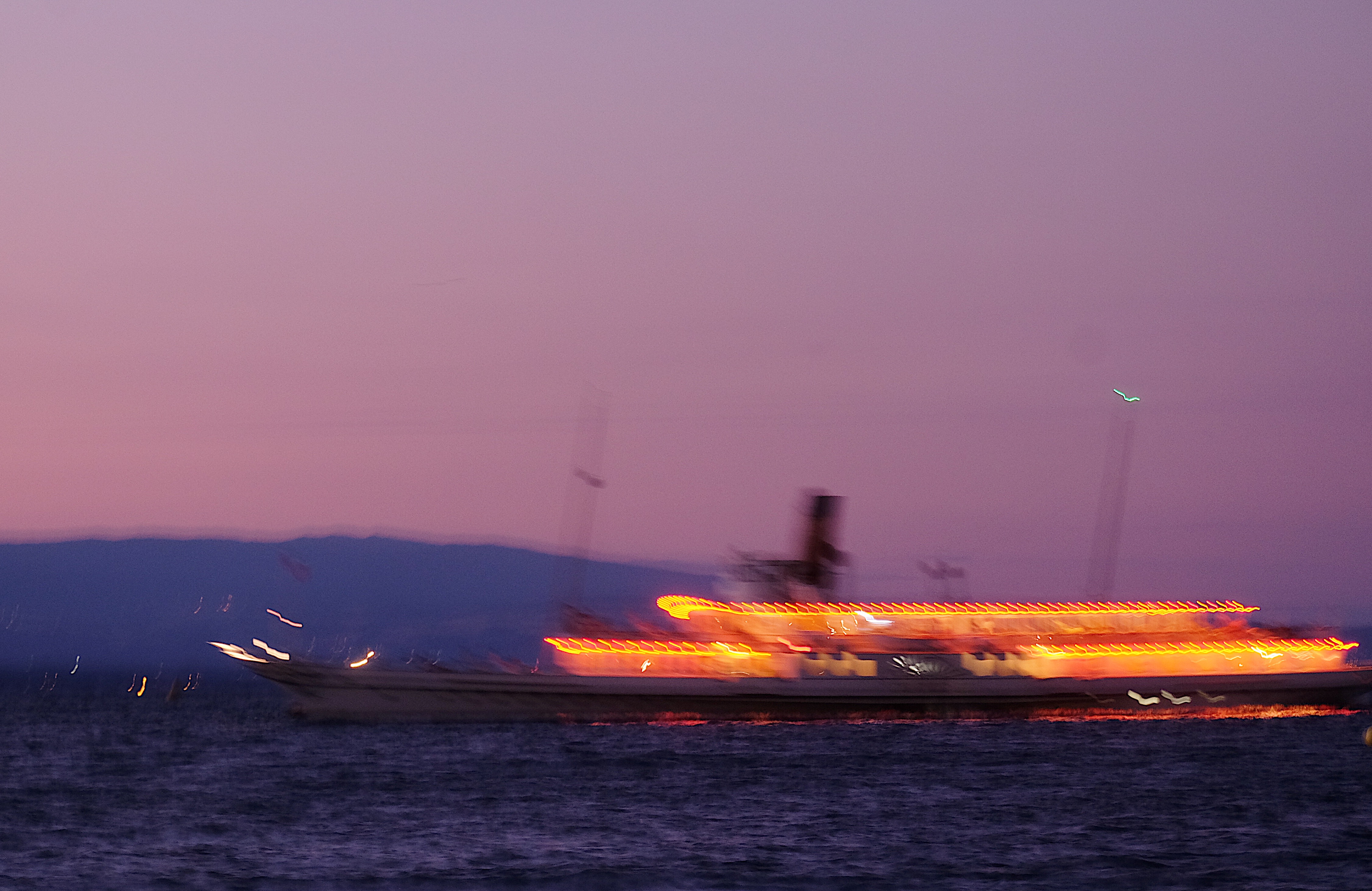

Then I make a coffee, eat some oatmeal, and begin the commute to CERN. My office in Prevessin is far away. It's in France, which sounds way cooler than it is in practice. I spend a lot of time on the tram, walking to the tram, waiting for the tram. I'm lucky that Geneva is so good looking.
Then I work on whatever it is I'm working on. A lot of the time I just sit at my mentor Aaron's desk and I ask questions that he answers via tangents that lead to new questions and new tangents and so on. I've learned a lot of physics and a lot about CERN this way. Usually the day goes by fast.
Then I go back to Rue Muzy to make dinner, maybe swim, maybe take pictures if it's nice.

I have a lot of pictures this week.
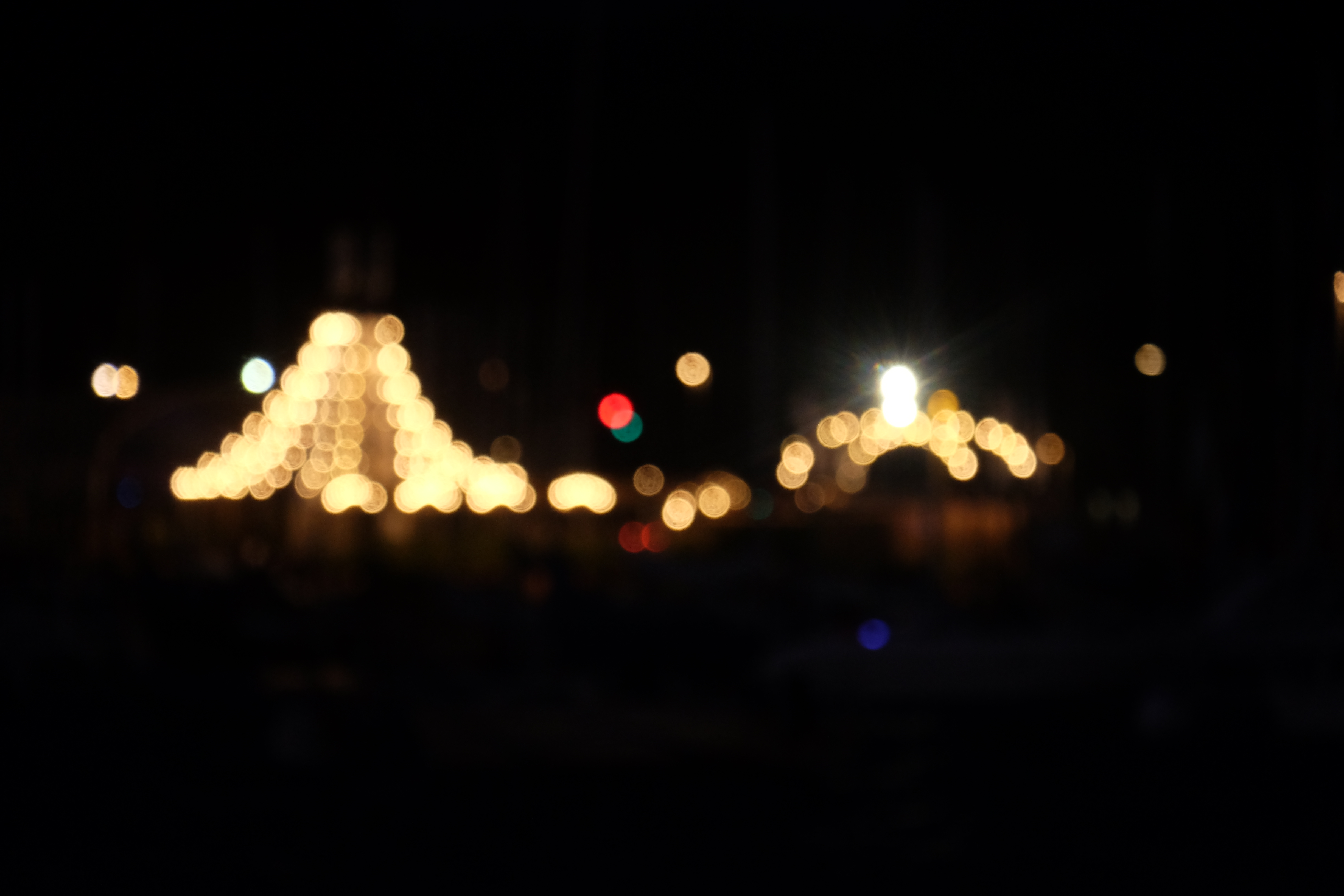
Dude the cat came to hang out again. He's got many other names too like Cathew and Fluffy Vape Muzy.
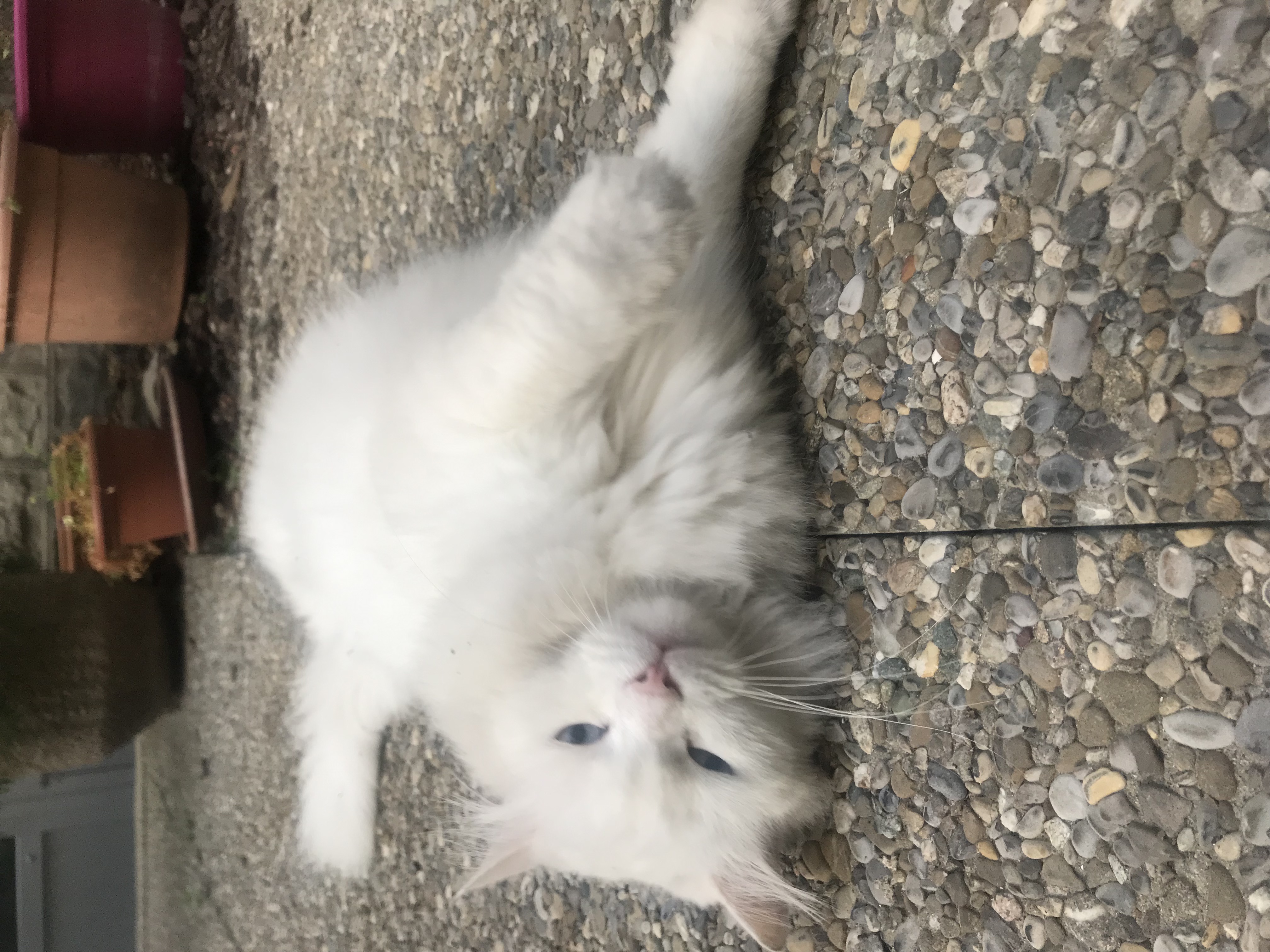
Cadin and I went to the park and played guitar on Saturday
He's Irish!
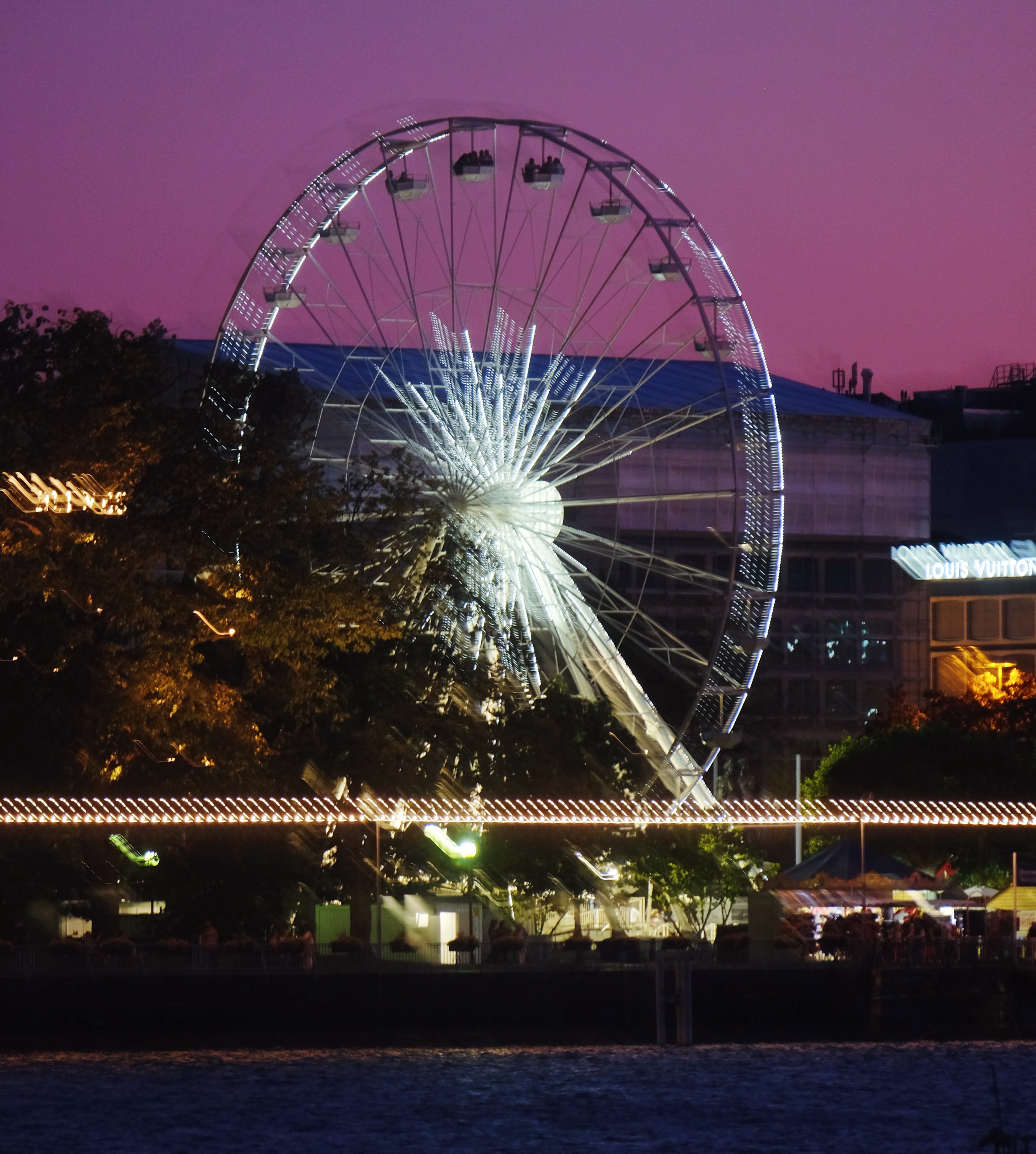
Hiking in Montreux
On Sunday, we went for a hike.
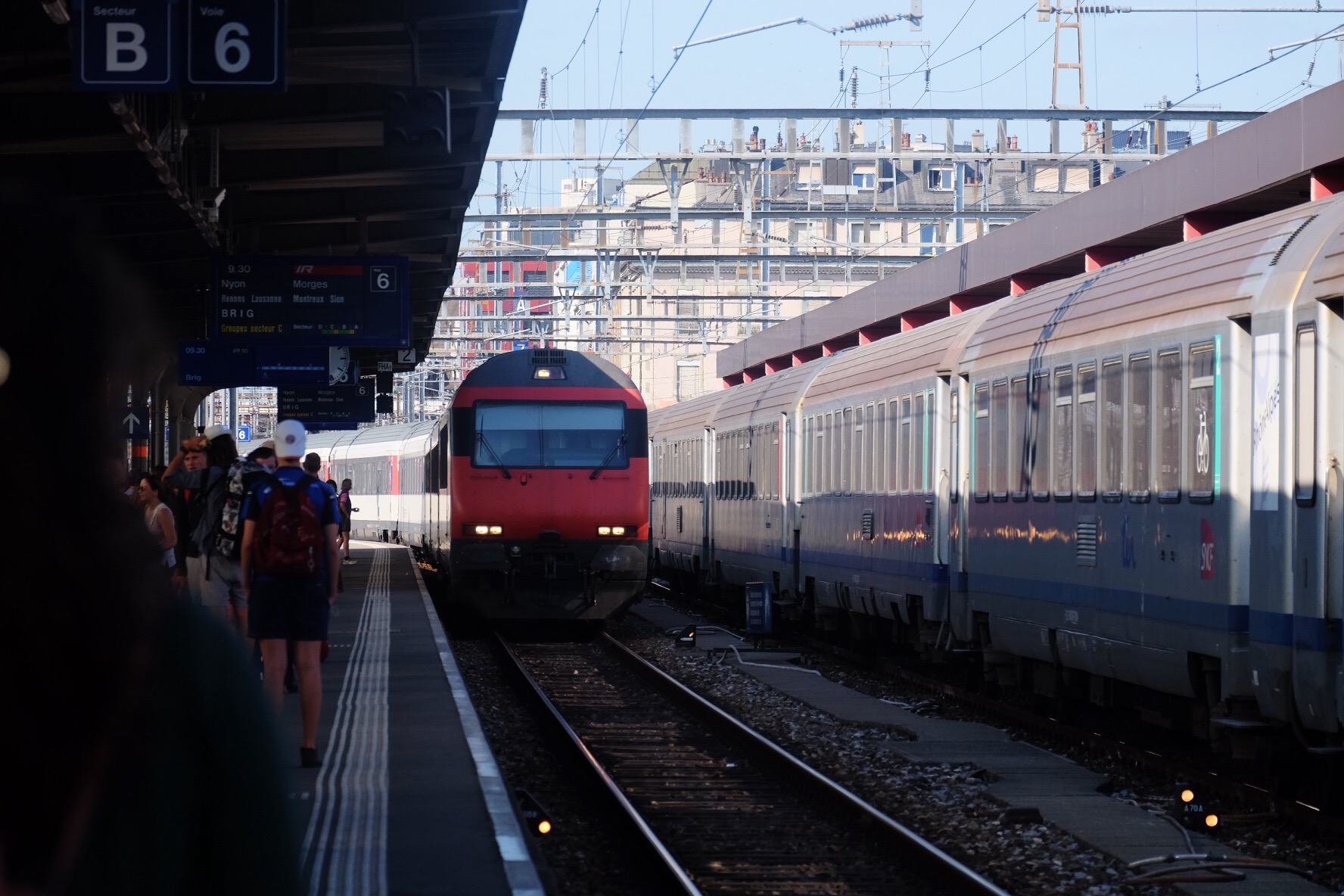
Cadin, Gwen, and I got on a train in the morning to head over to Montreux.
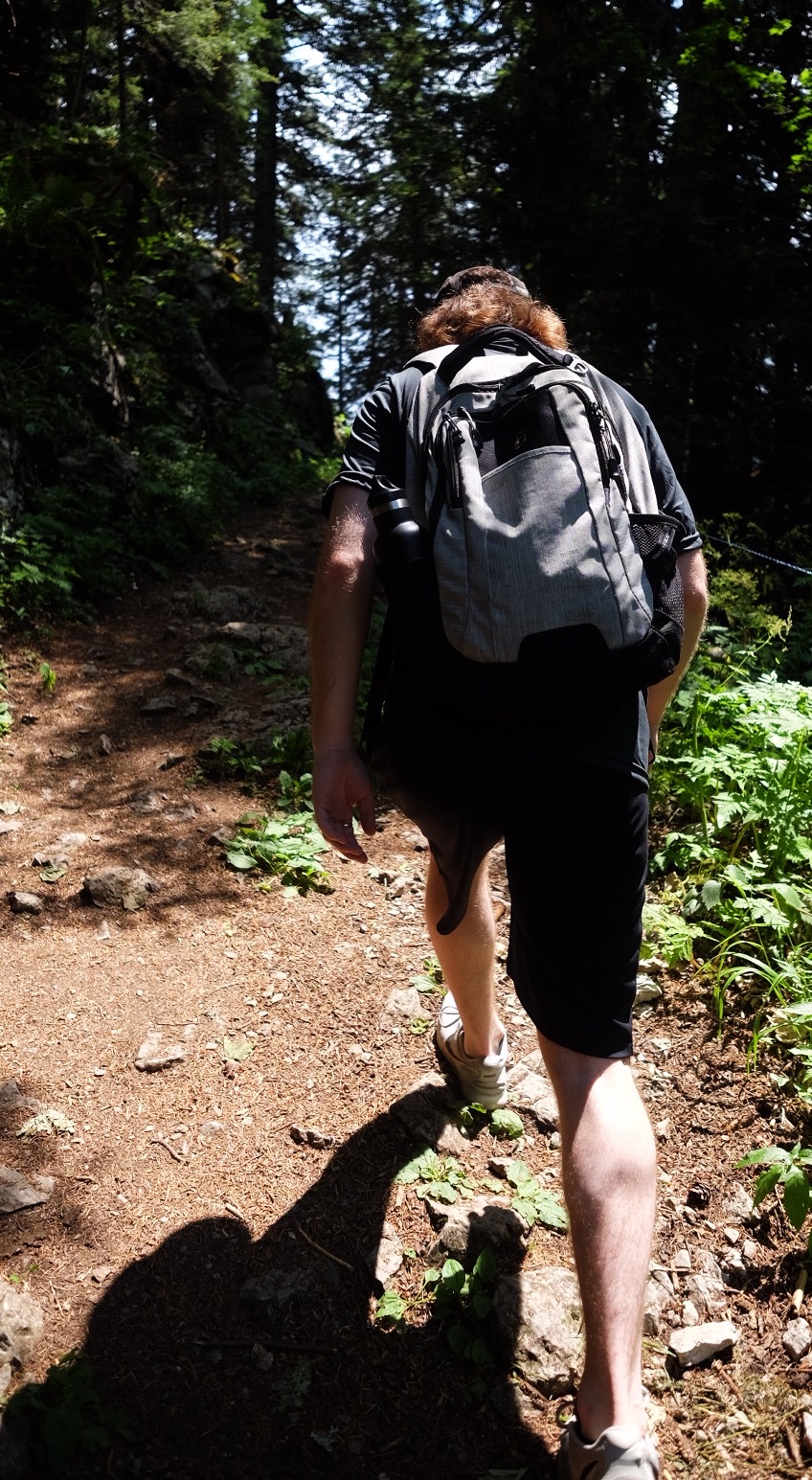
It's always a gorgeous train ride around the lake. This time it took us two trains to get where we wanted to go. One normal train, and one cogwheel train.
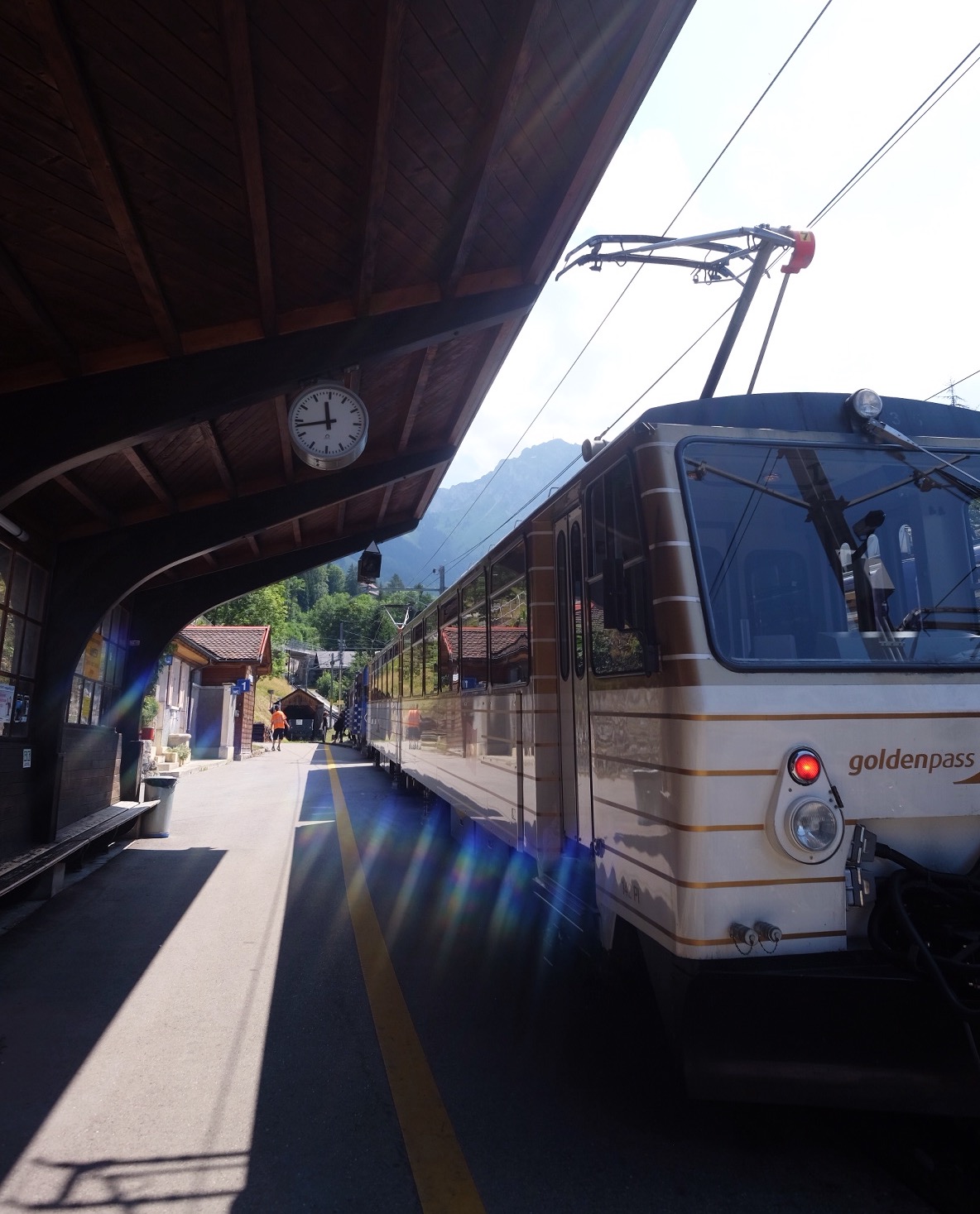
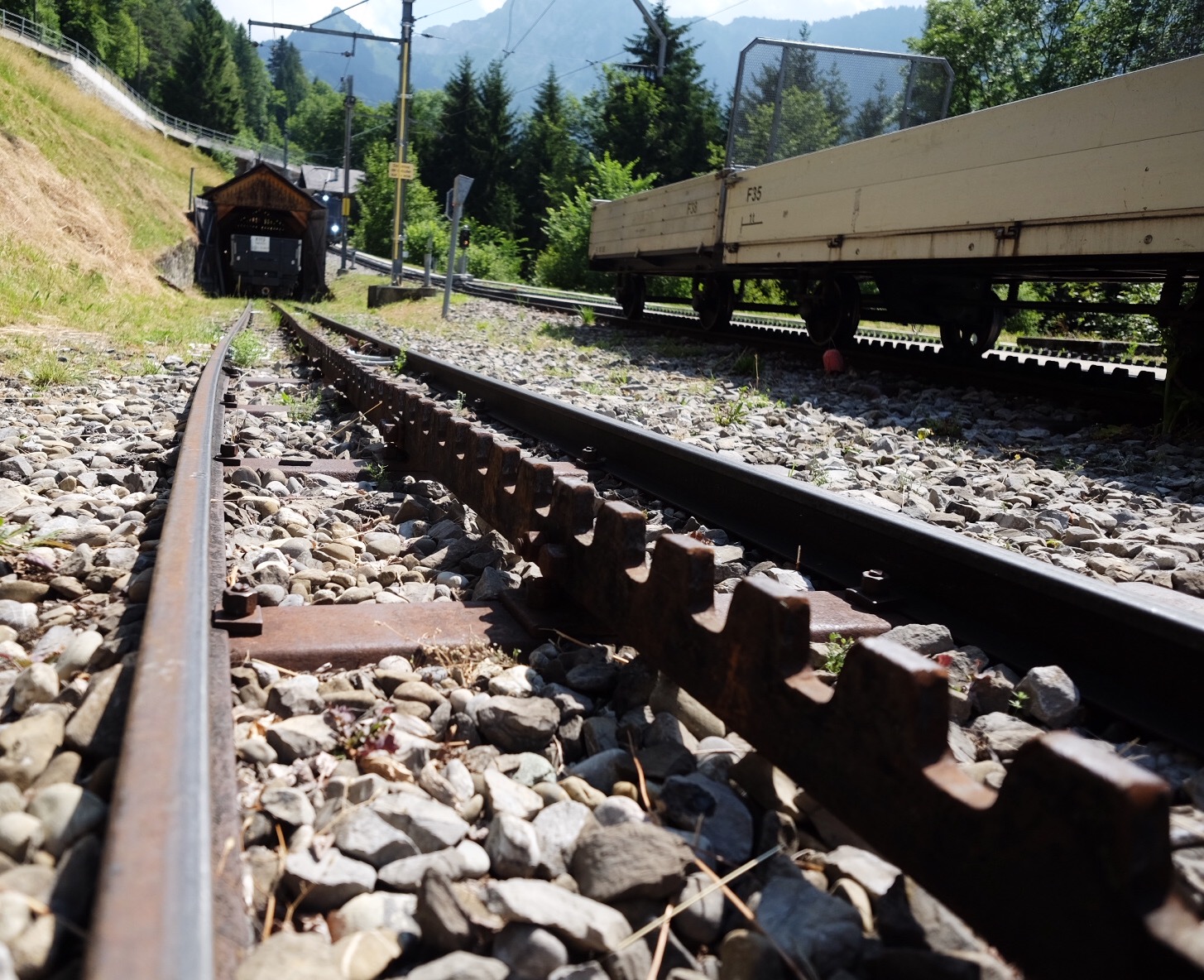
The cogwheel train is for going up mountains. It's got teethlike tracks and a mechanism that locks the train in place just in case something goes wrong.
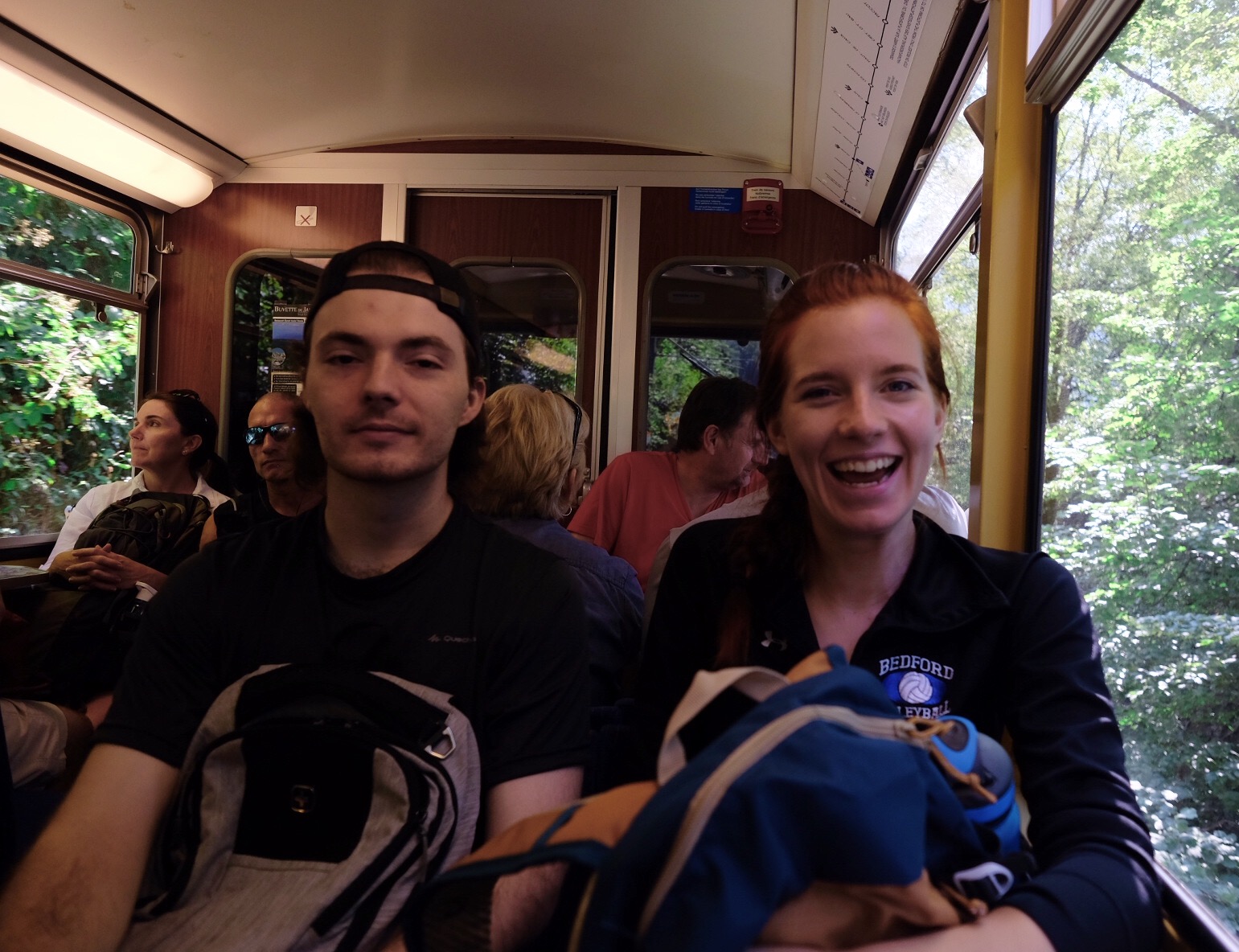
This hike was on my list of things to do before leaving Switzerland. It's time to start checking those off because it's almost time to go, if you can believe that. I can't.
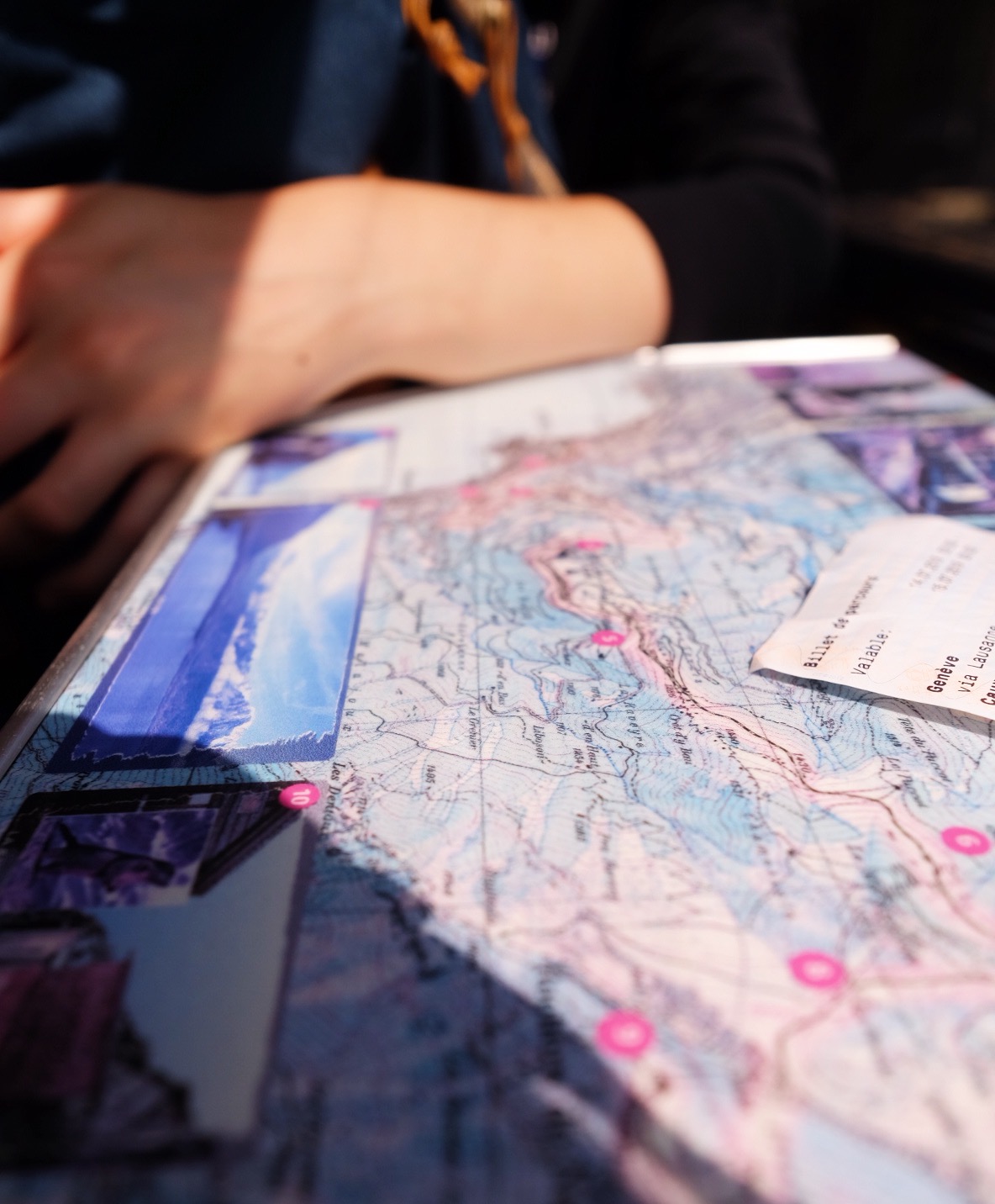
This area behind Montreux is quintessential Switzerland -- mountains, cows, they even had fondue at the restaurant at the top.
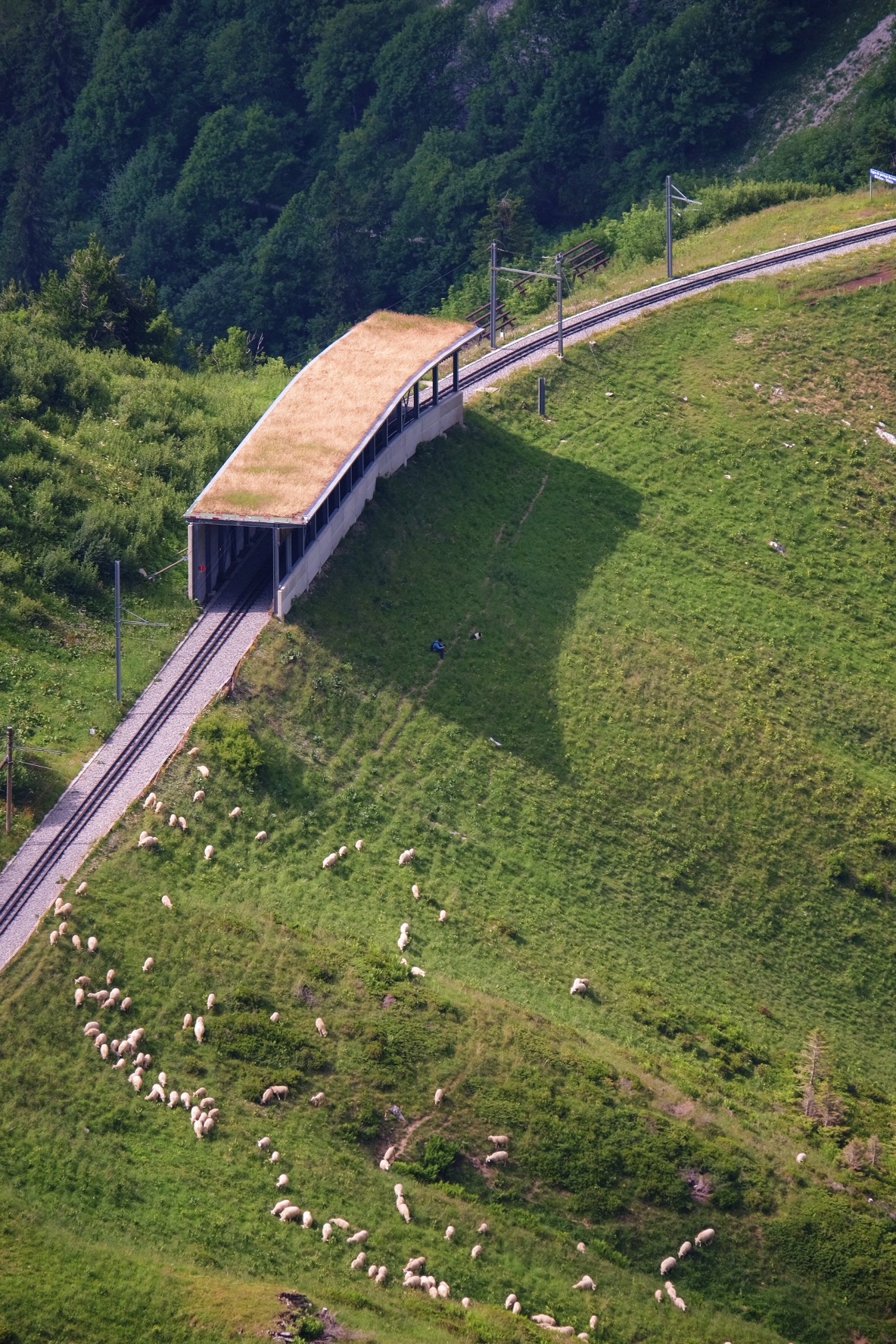
It's called Rochers de Naye.
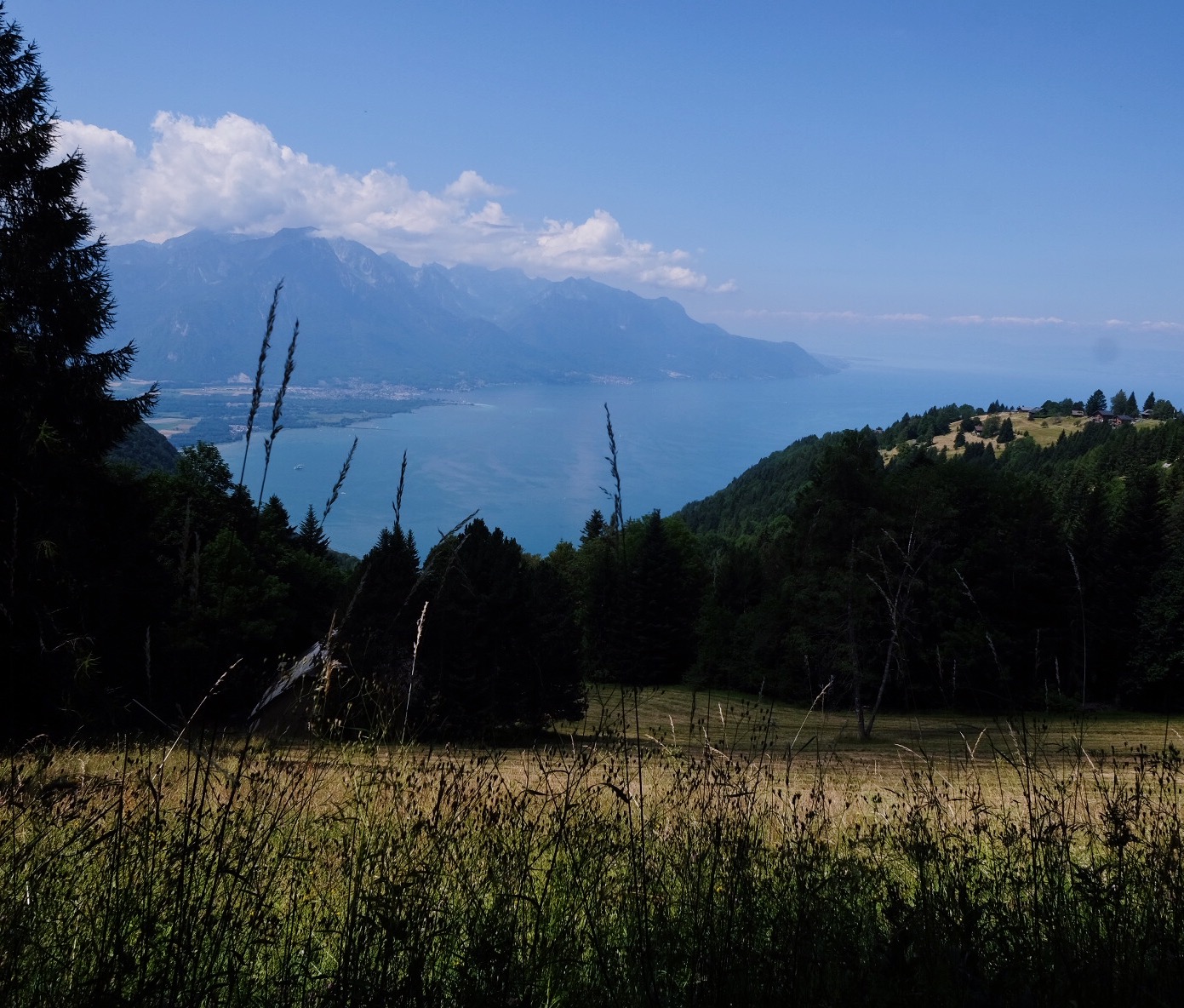
How can this even exist?
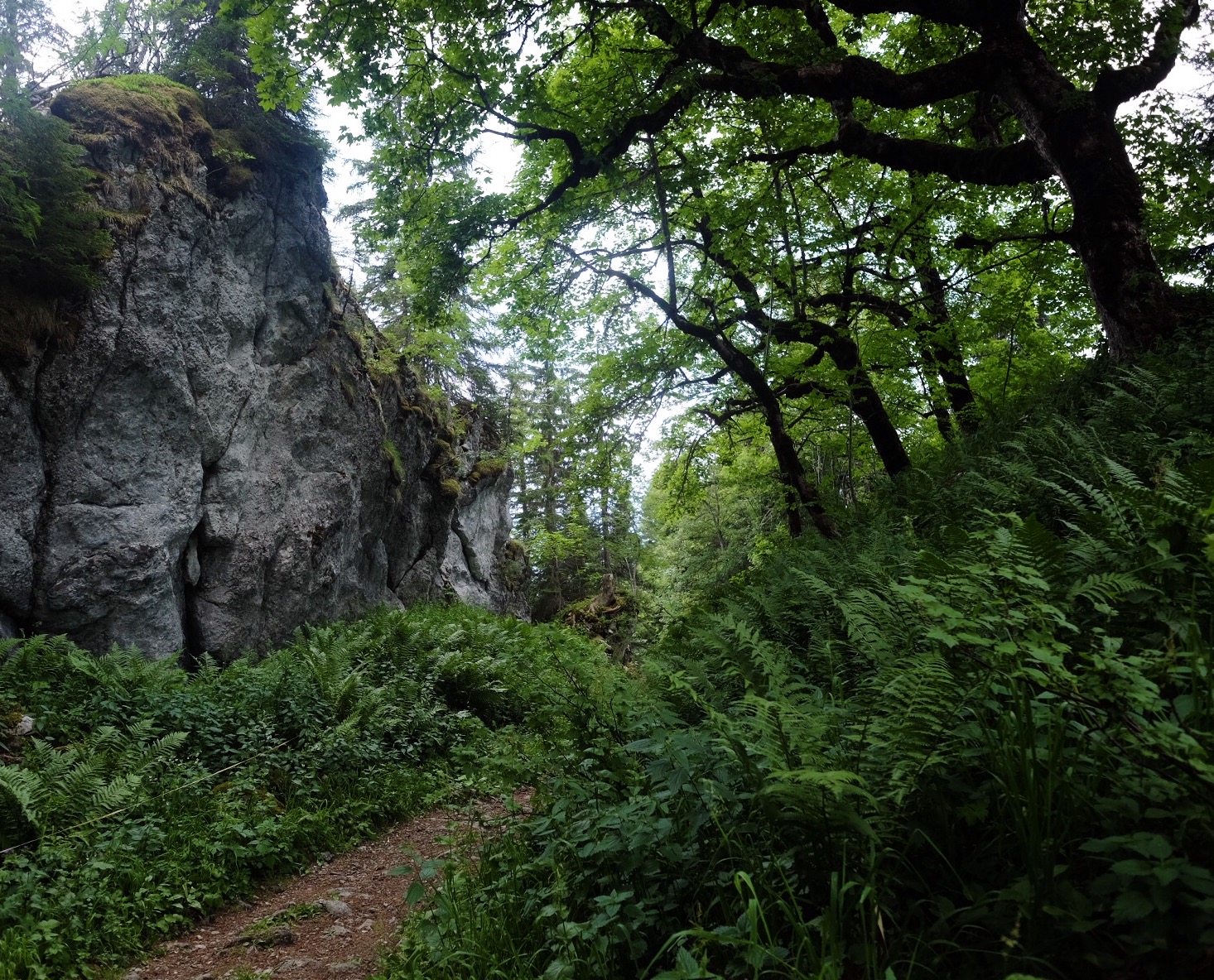
We found dogs.
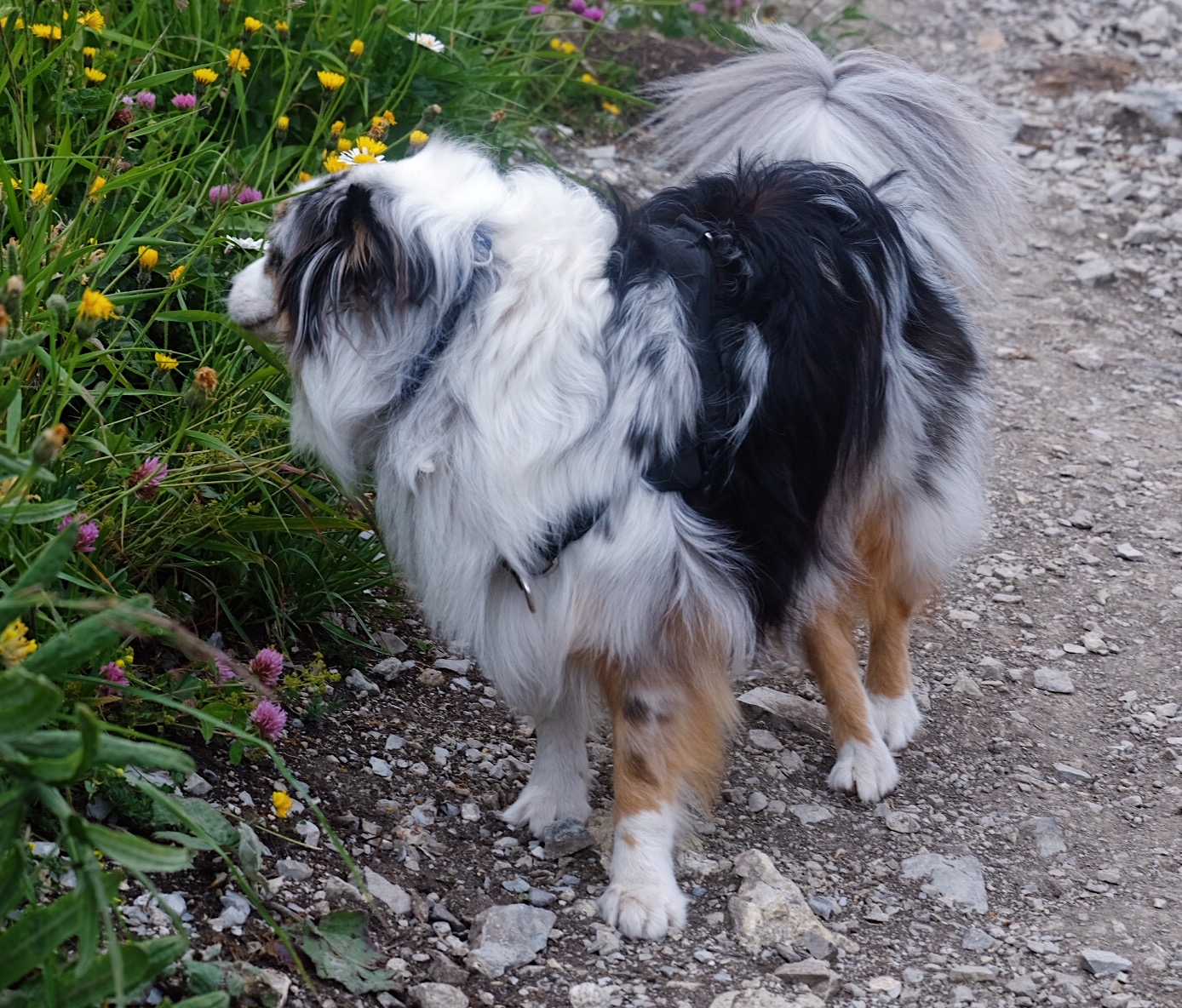
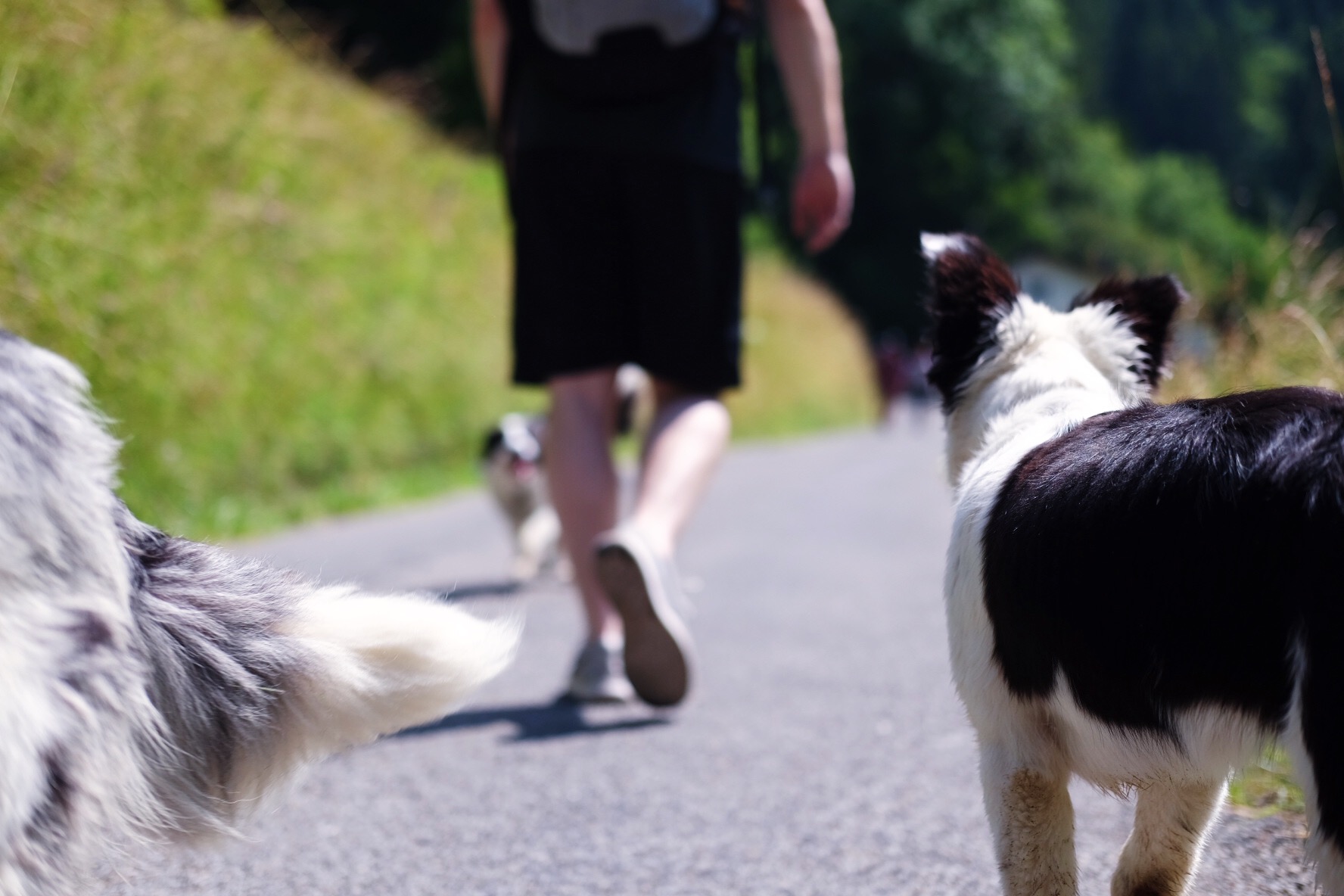
And a cave.
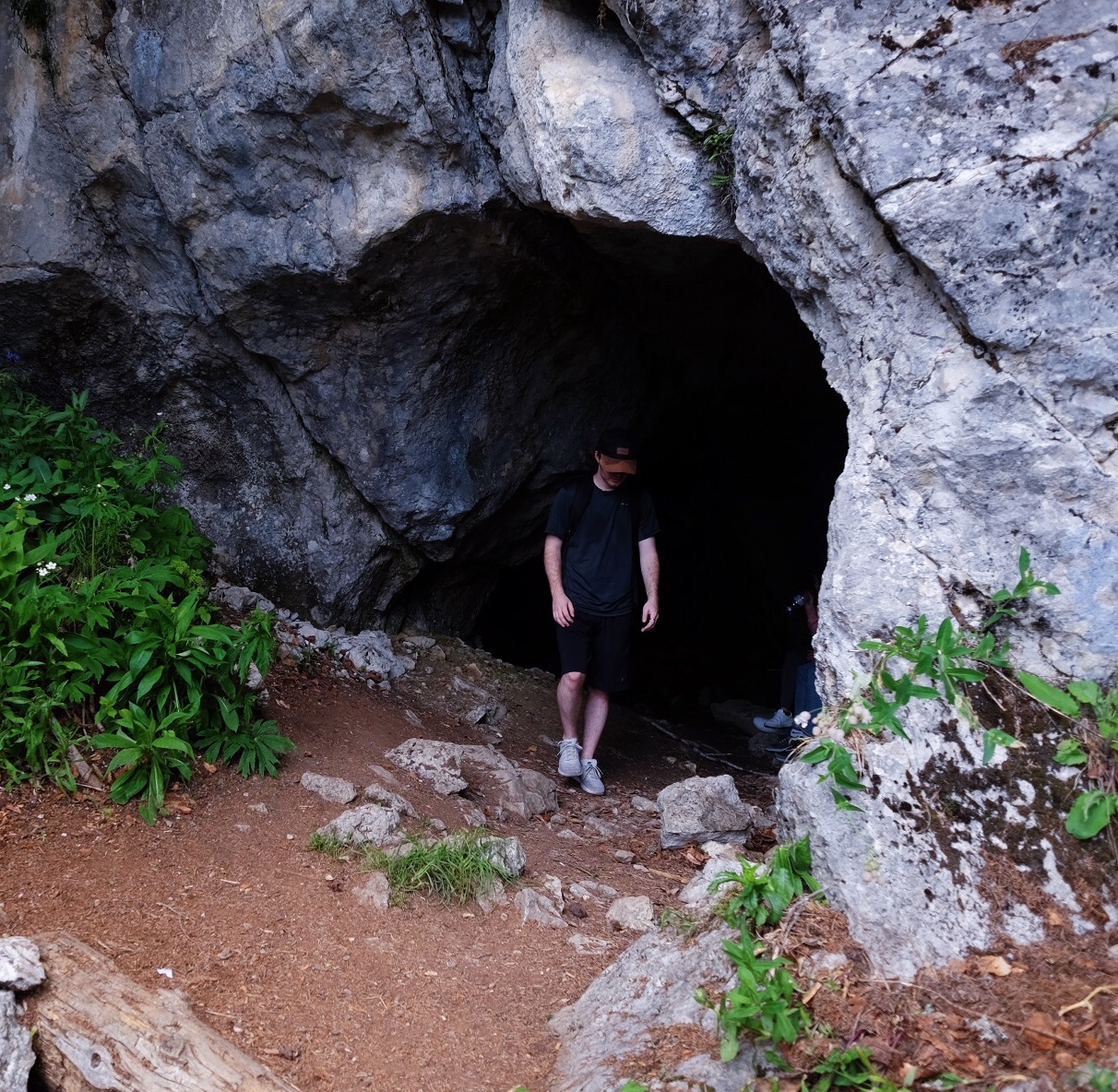
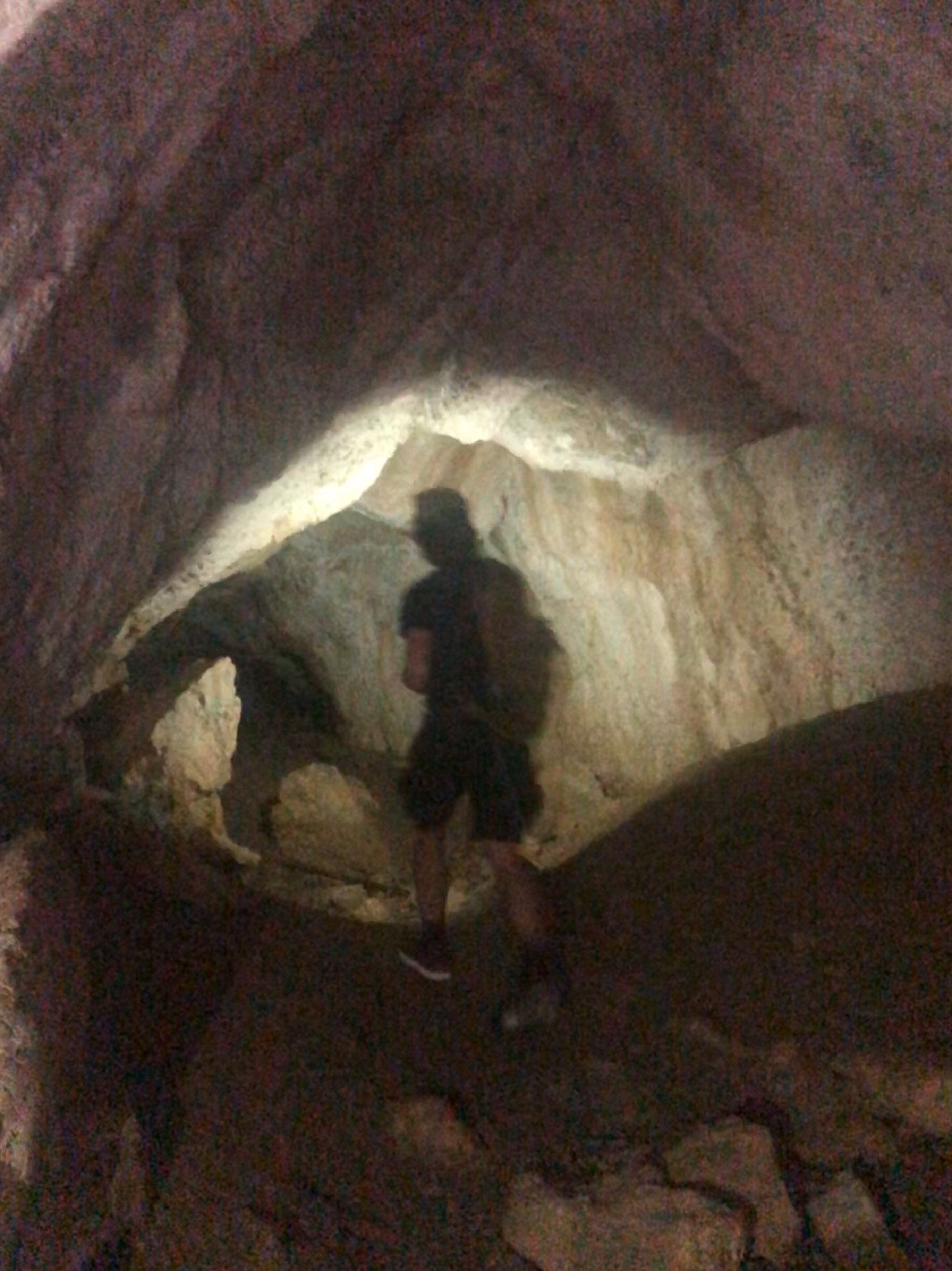
And cows, who were using the last bit of snow to stay cool.
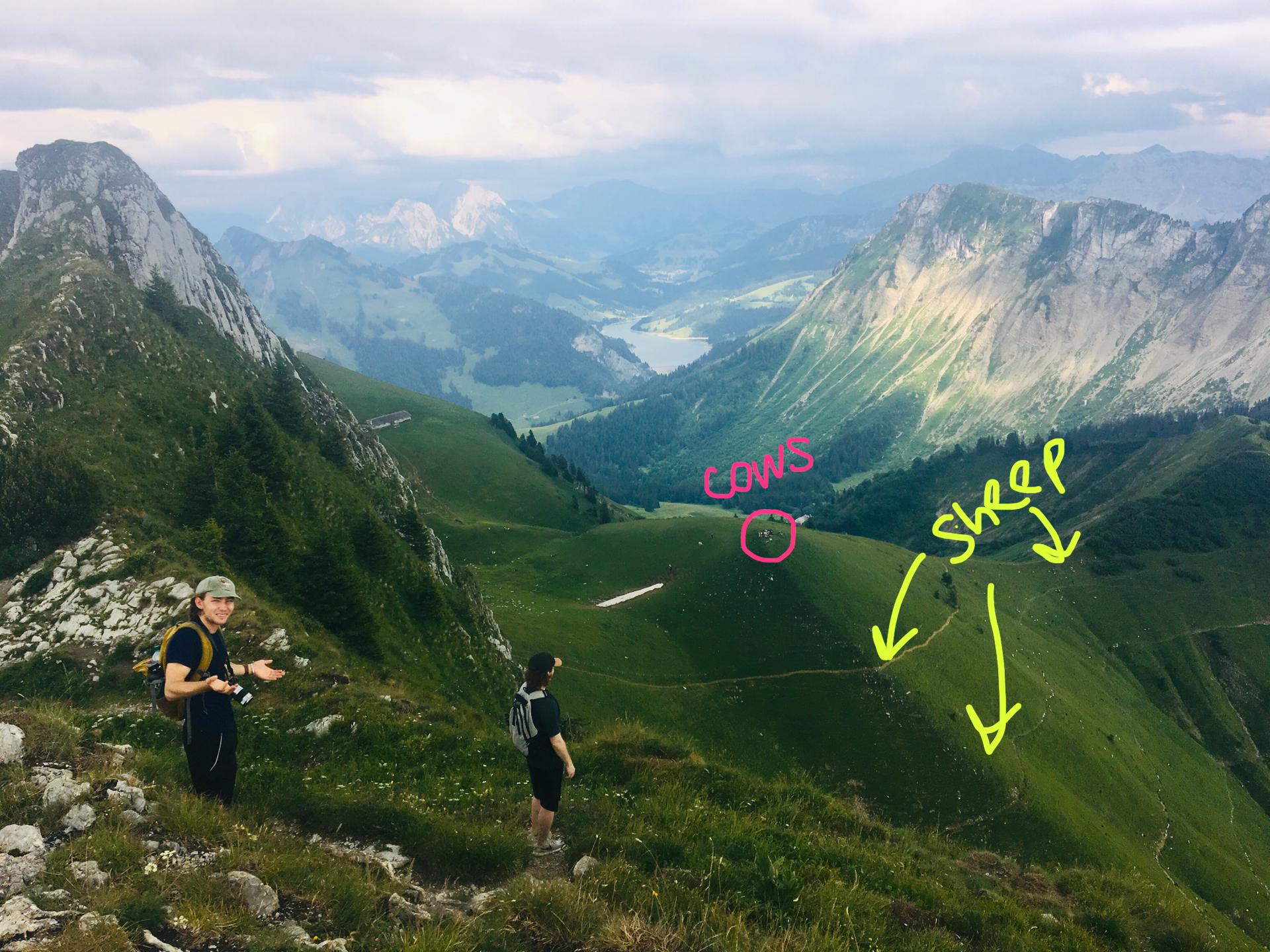
The cows moo SO loud. That, along with their cowbells, made for quite an acoustic compliment to the scenery.
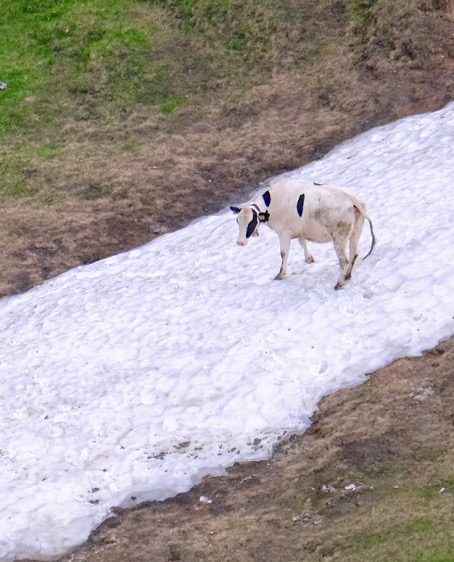
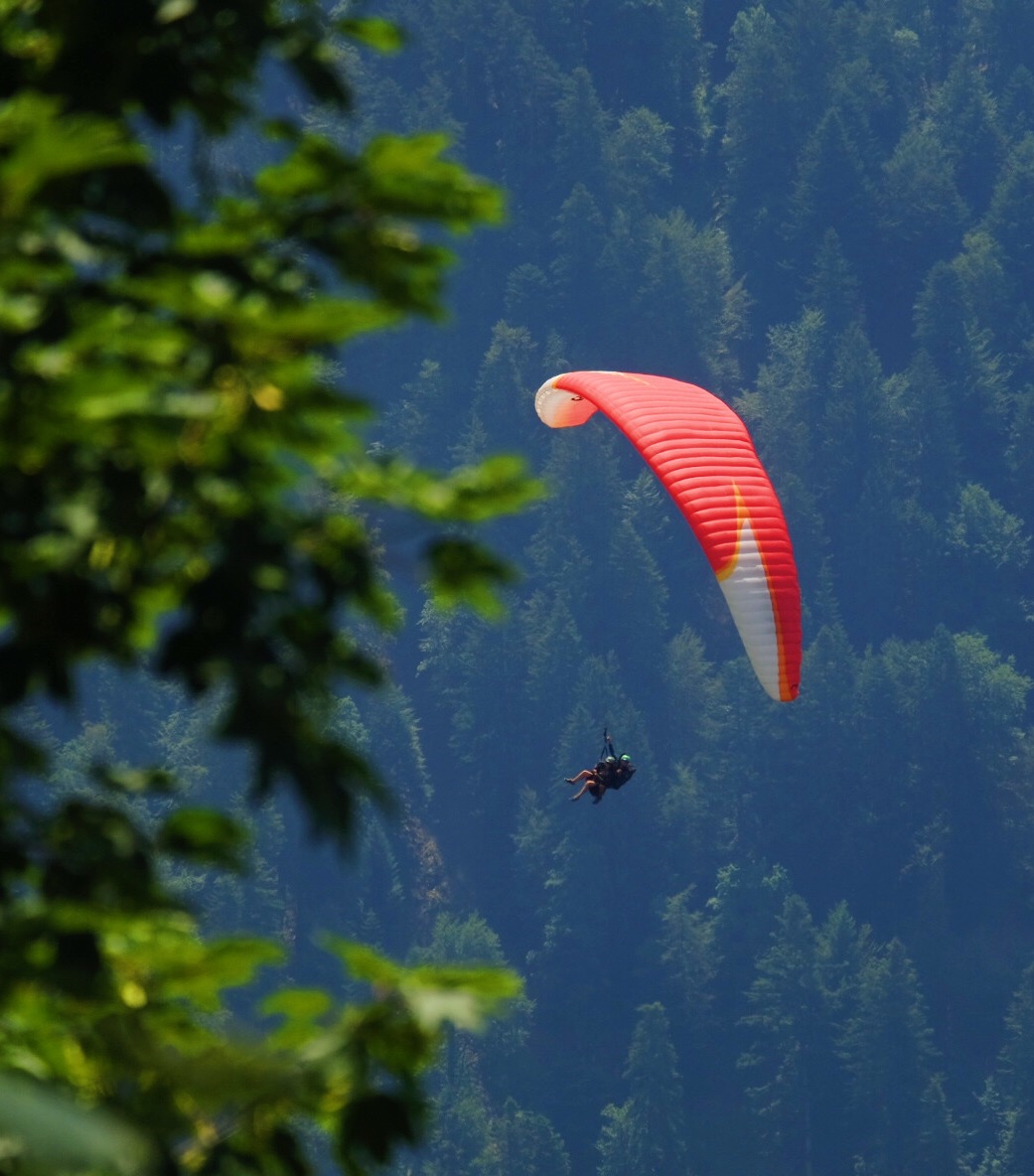
It doesn't even look real.
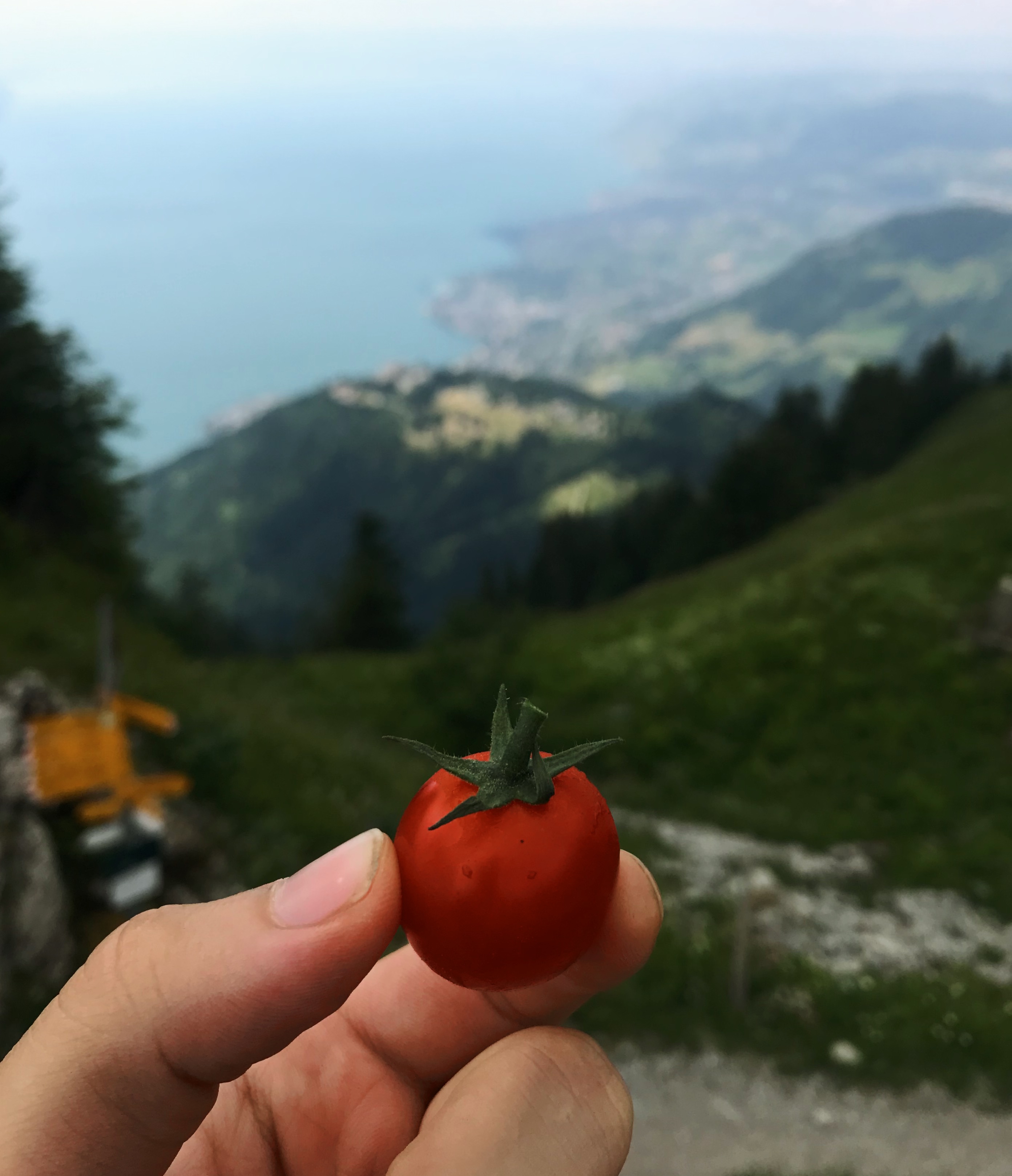
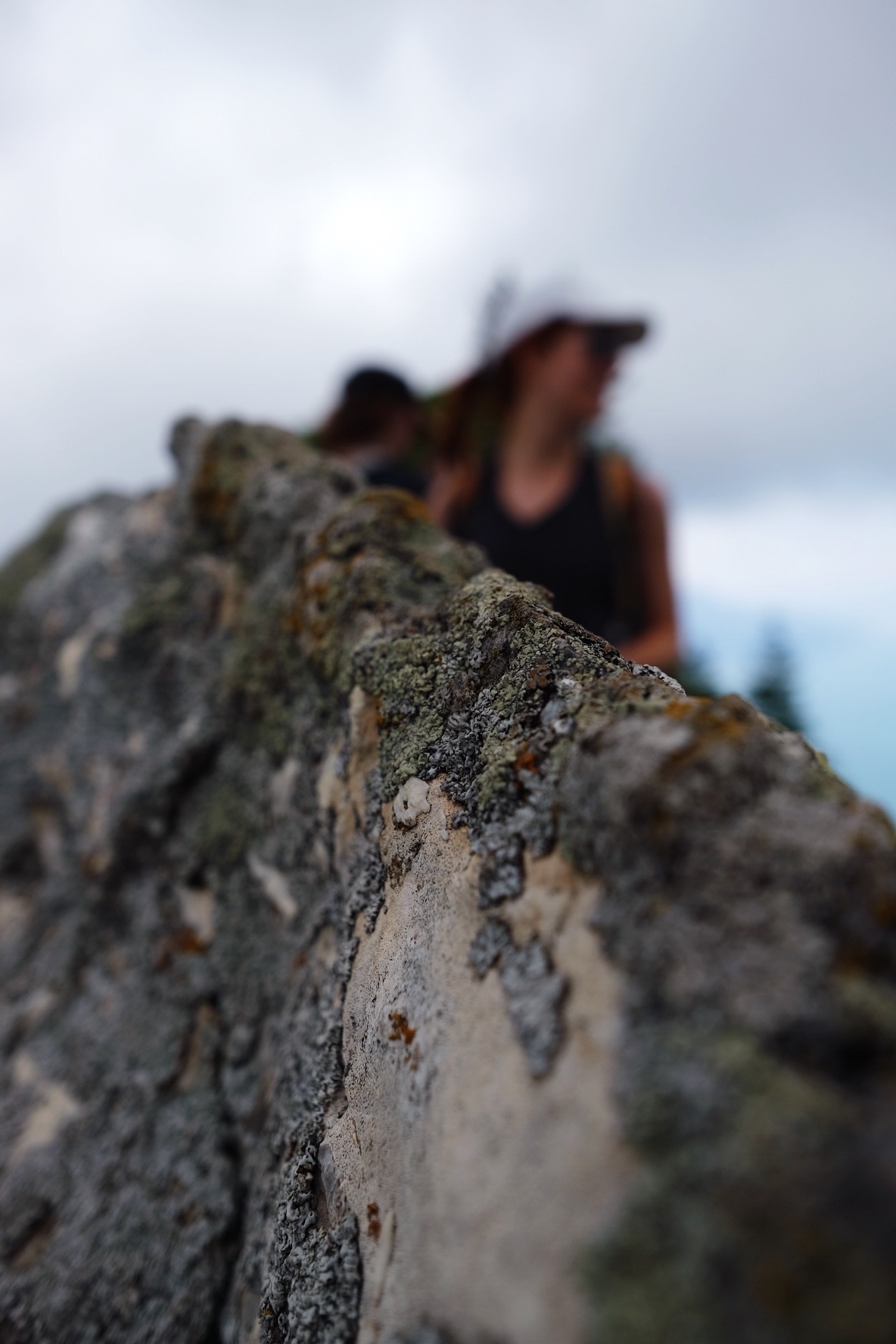
Hiking is a lot of work, but it's always worth it. In the end you never remember how tired you were from waking up early and walking uphill all day.
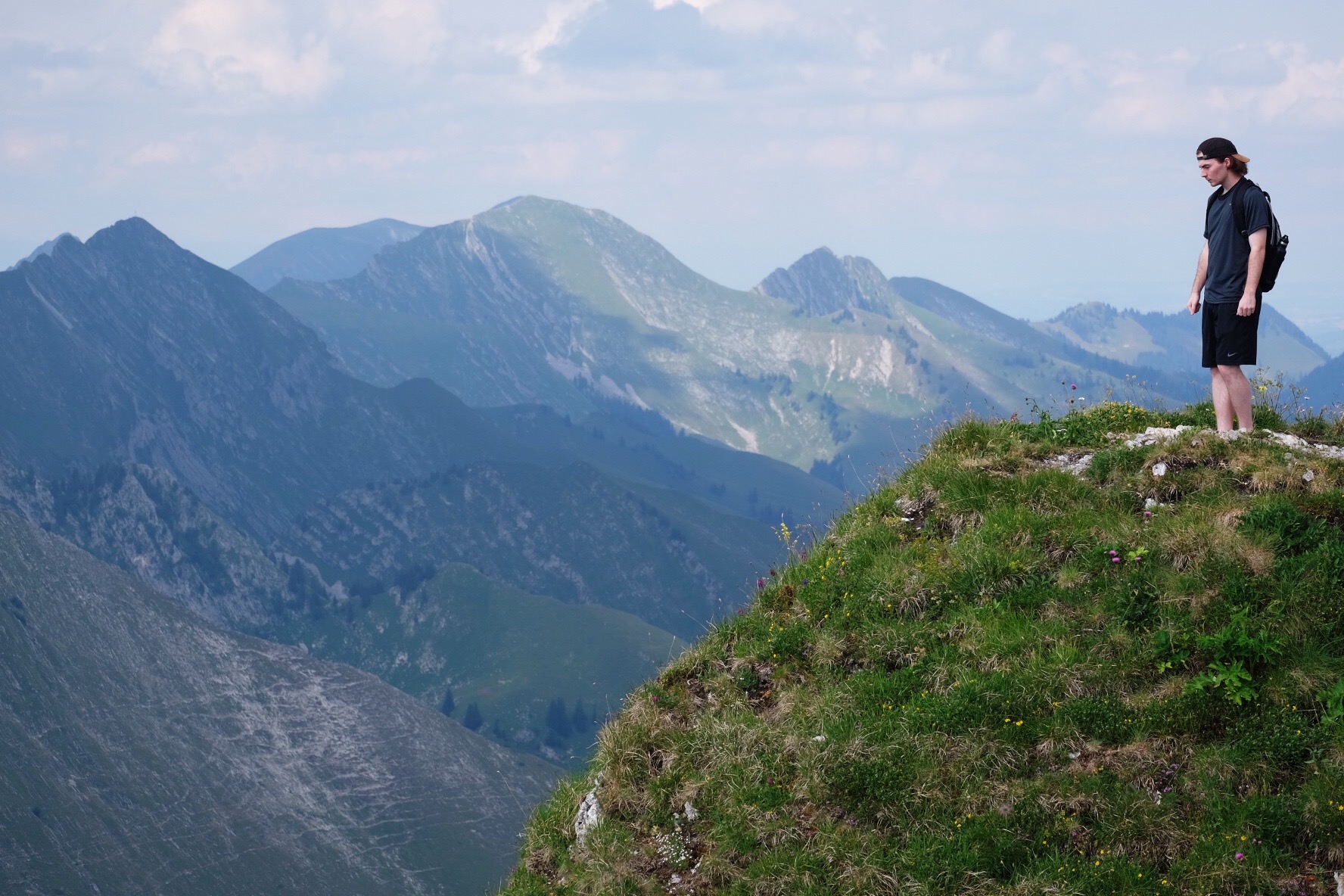
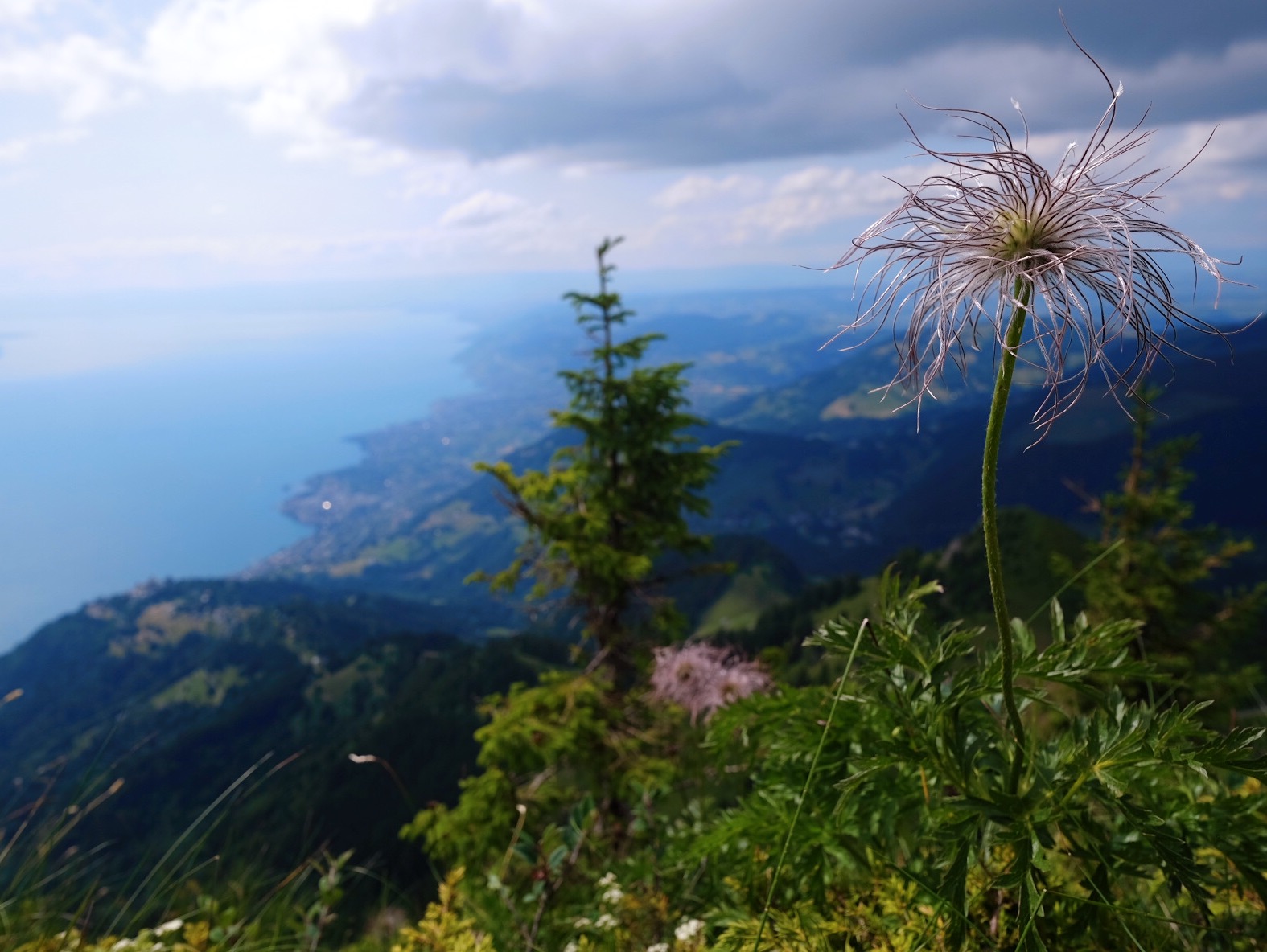
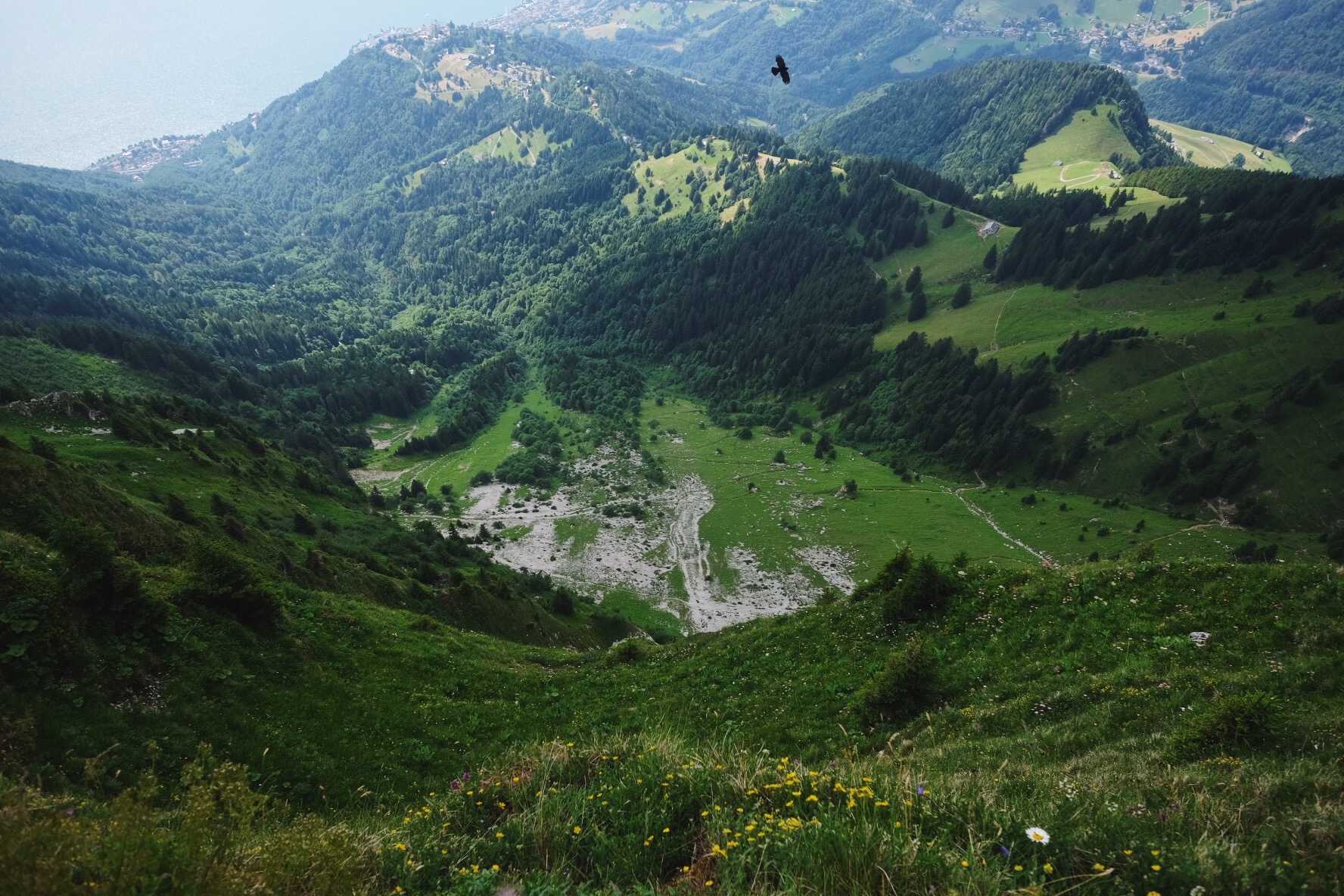
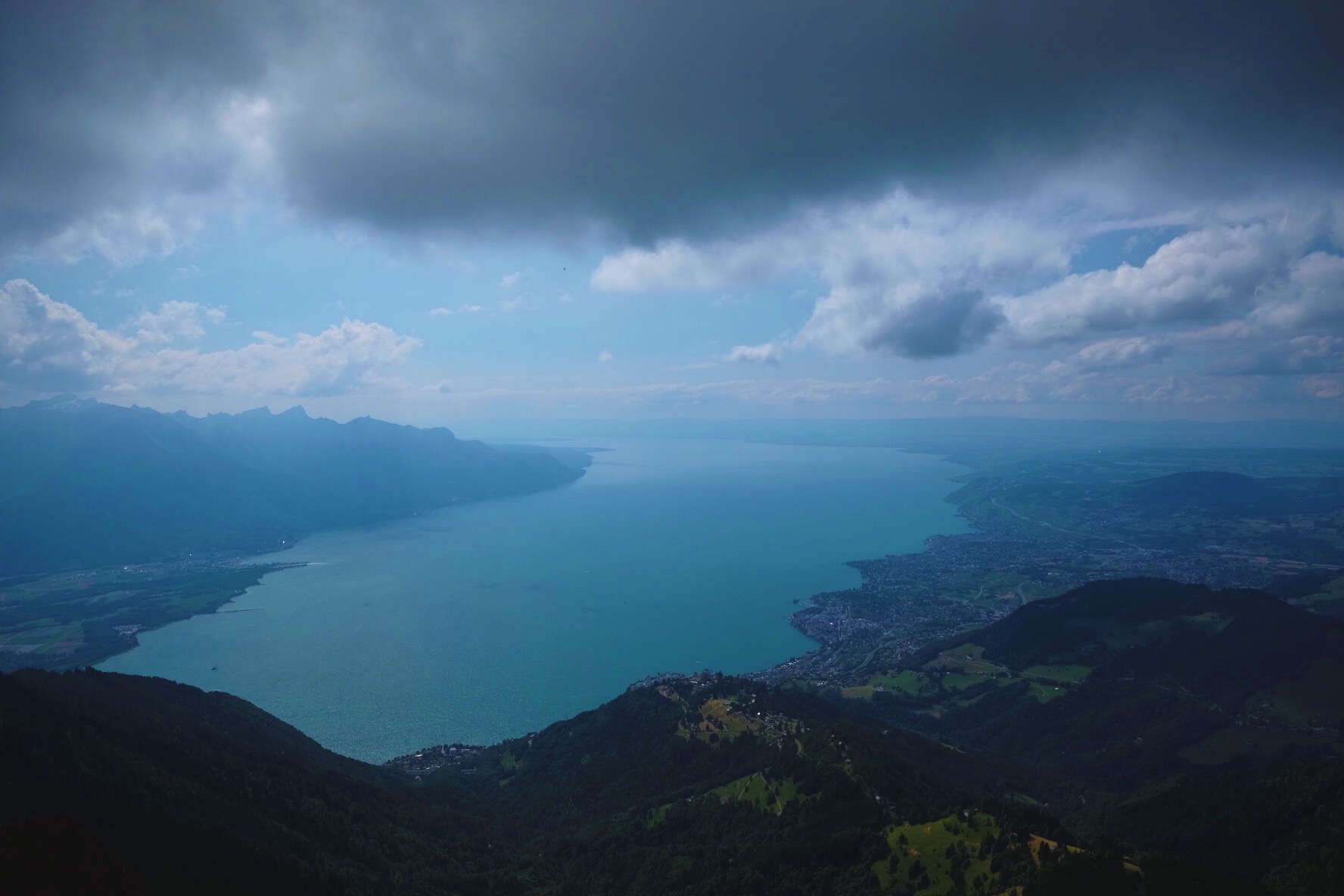
Cadin and Gwen are awesome, very good hiking company, and otherwise.
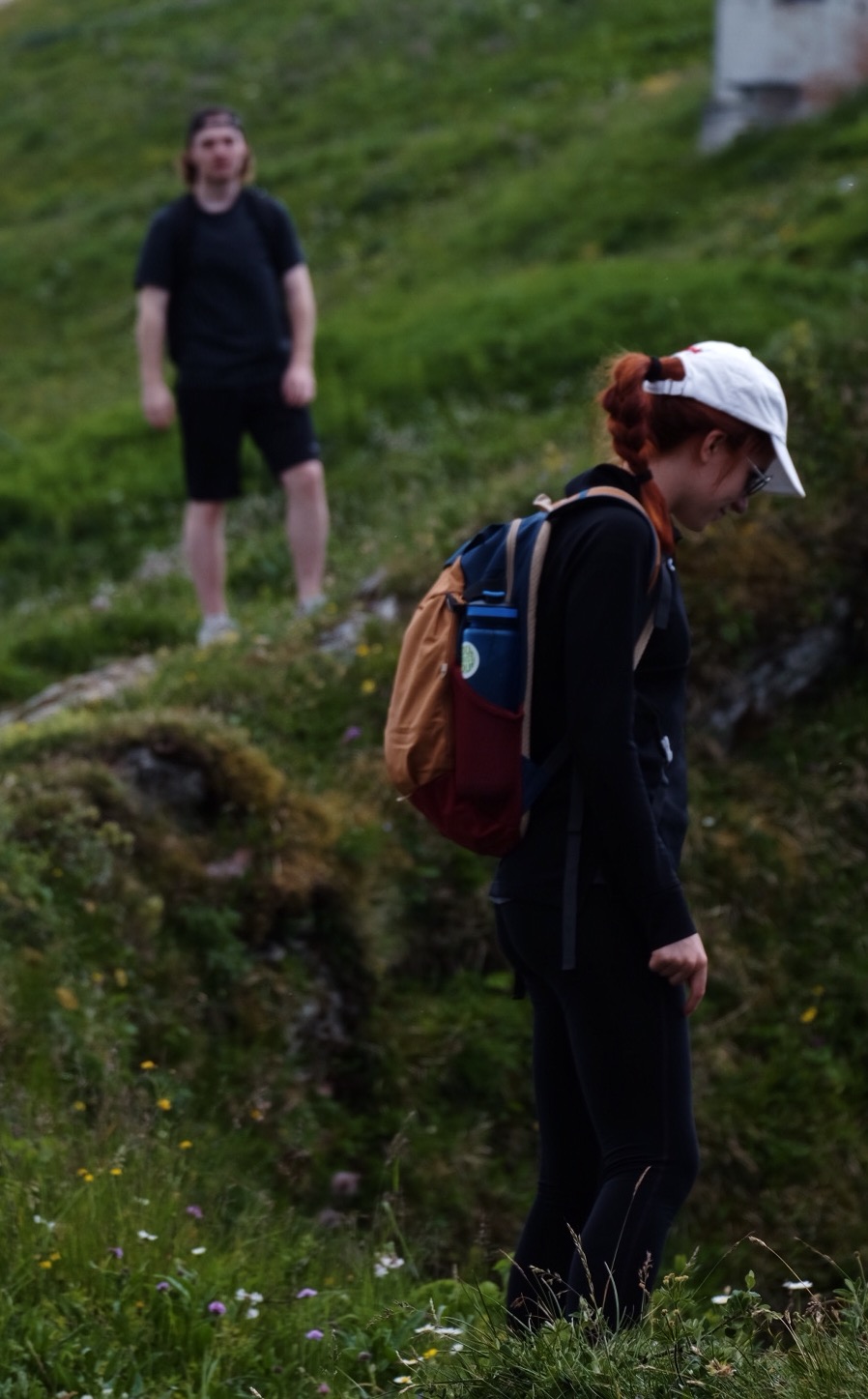
I love my camera. I reached into my bag for it the other day and it was covered in melted chocolate. That wasn't great, but luckily it's chocolate resistant, and I was able to clean it up pretty well.
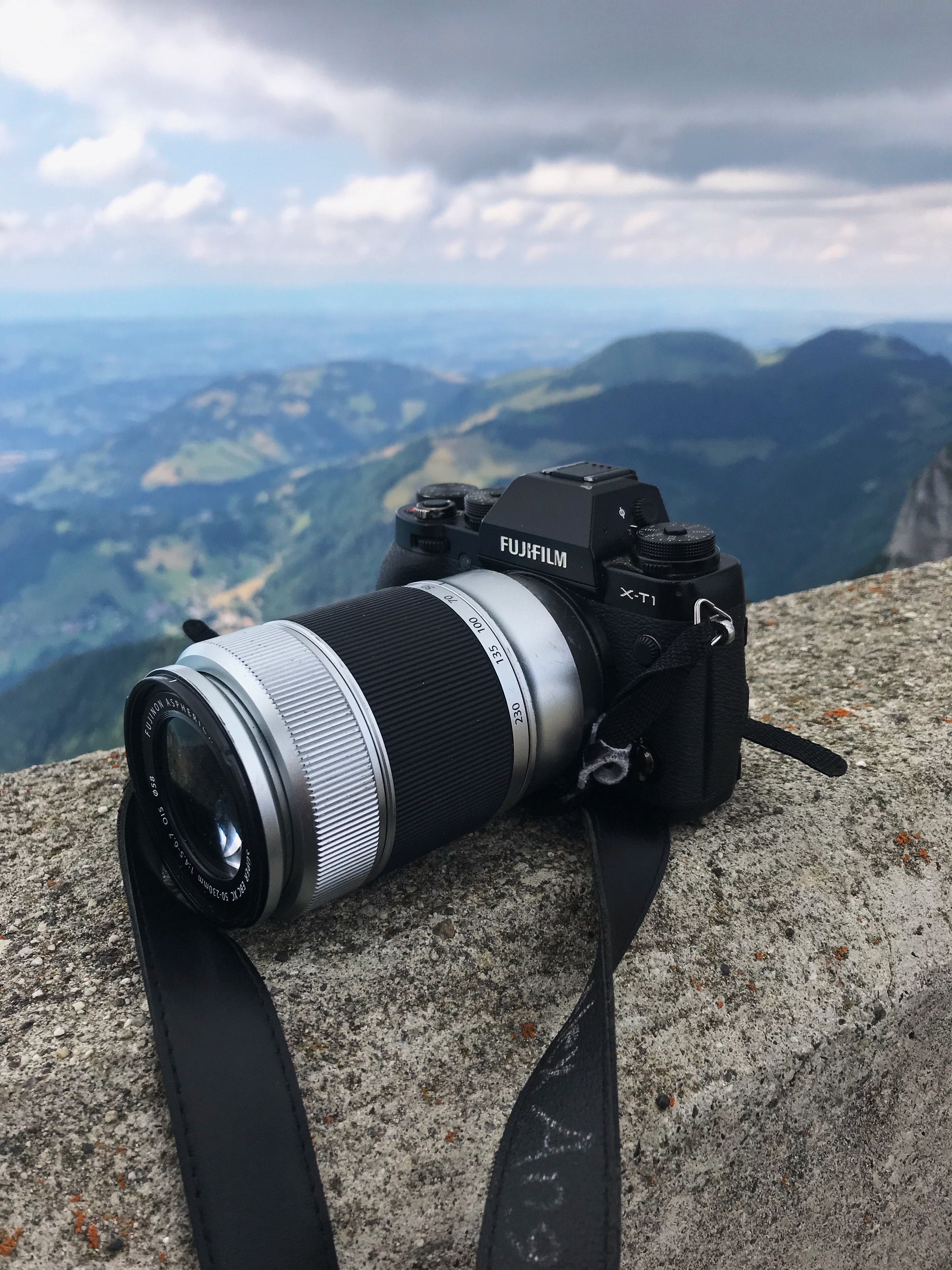
It's perfect.
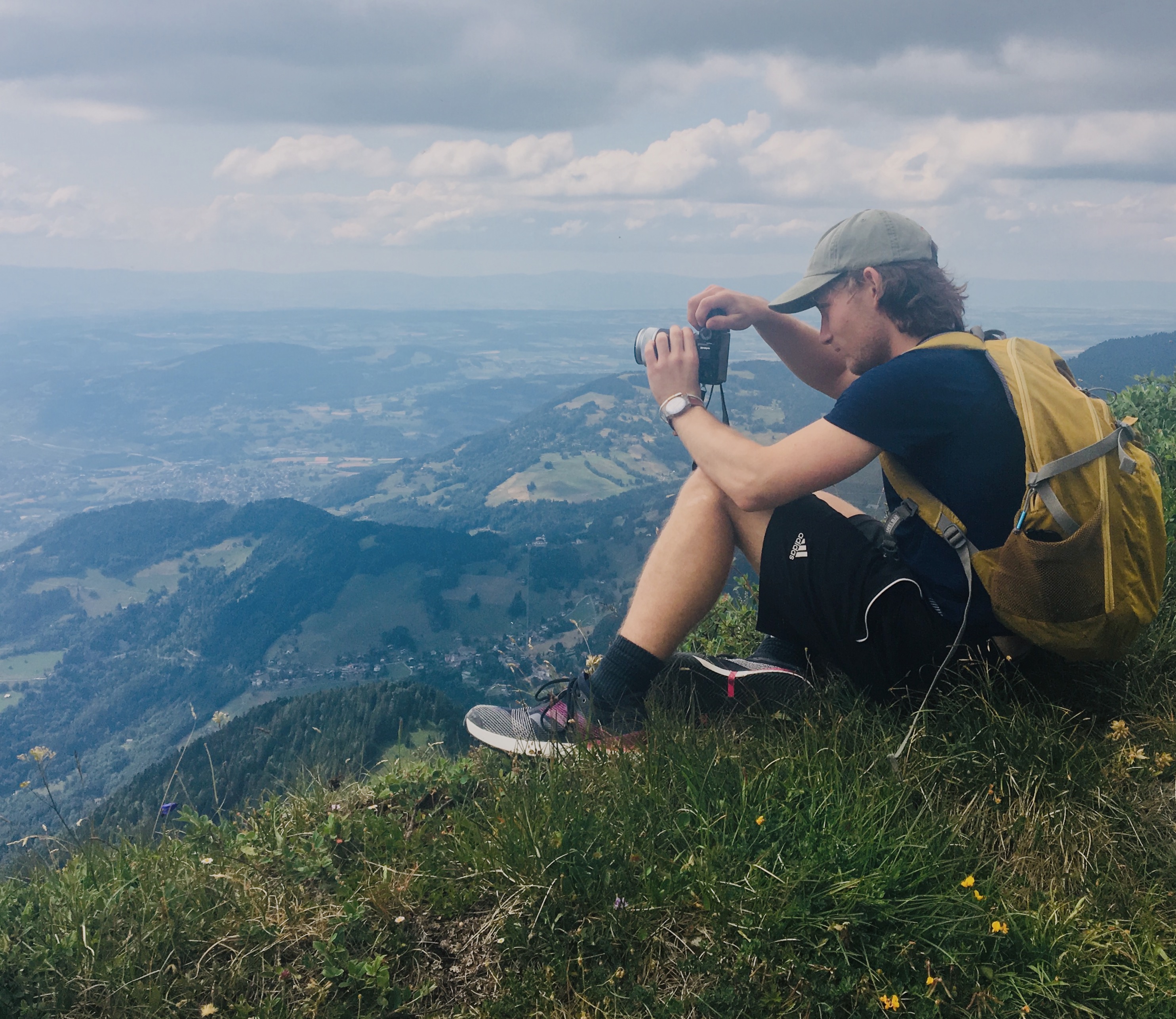
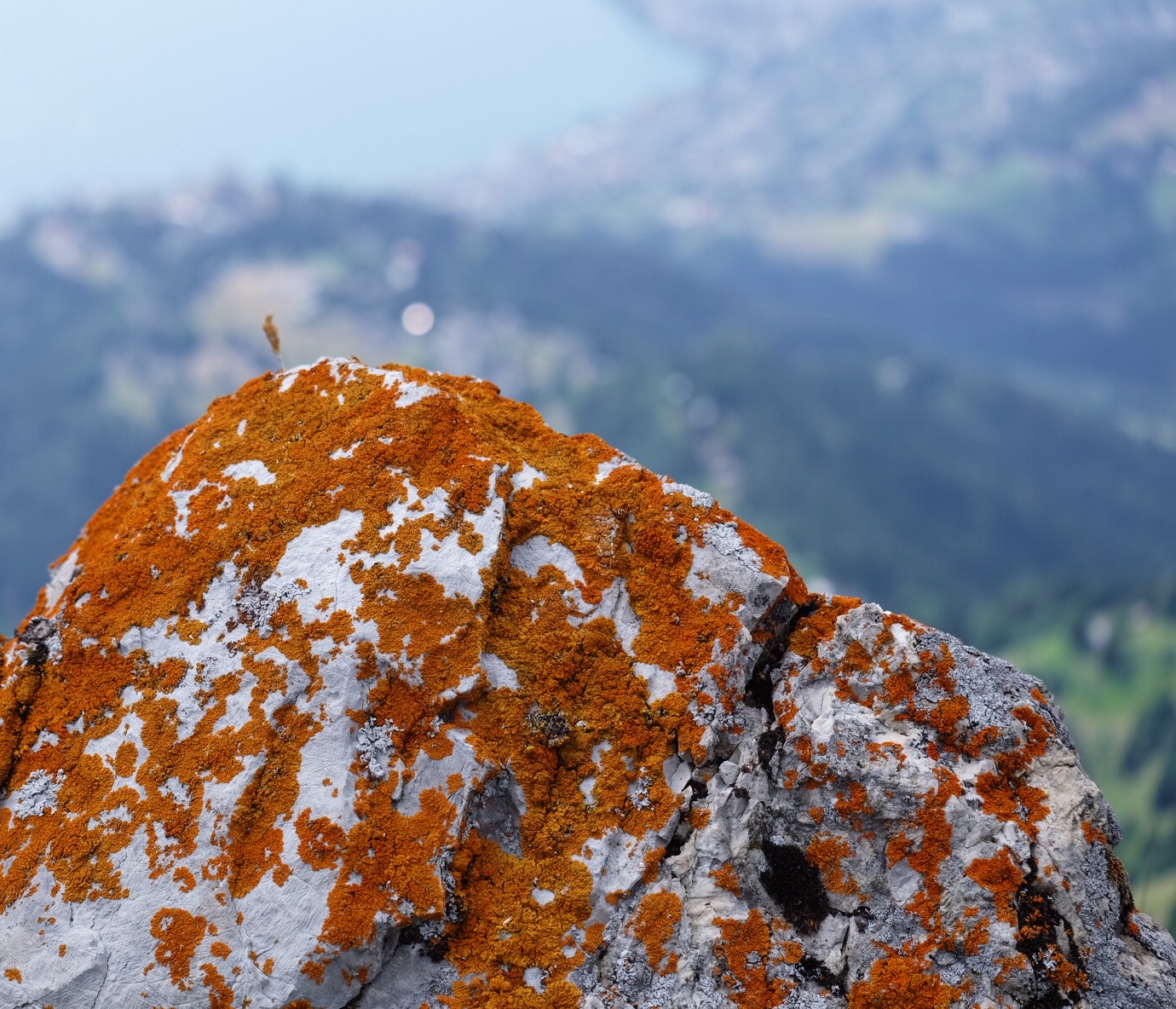
Even the rocks were interesting to look at.
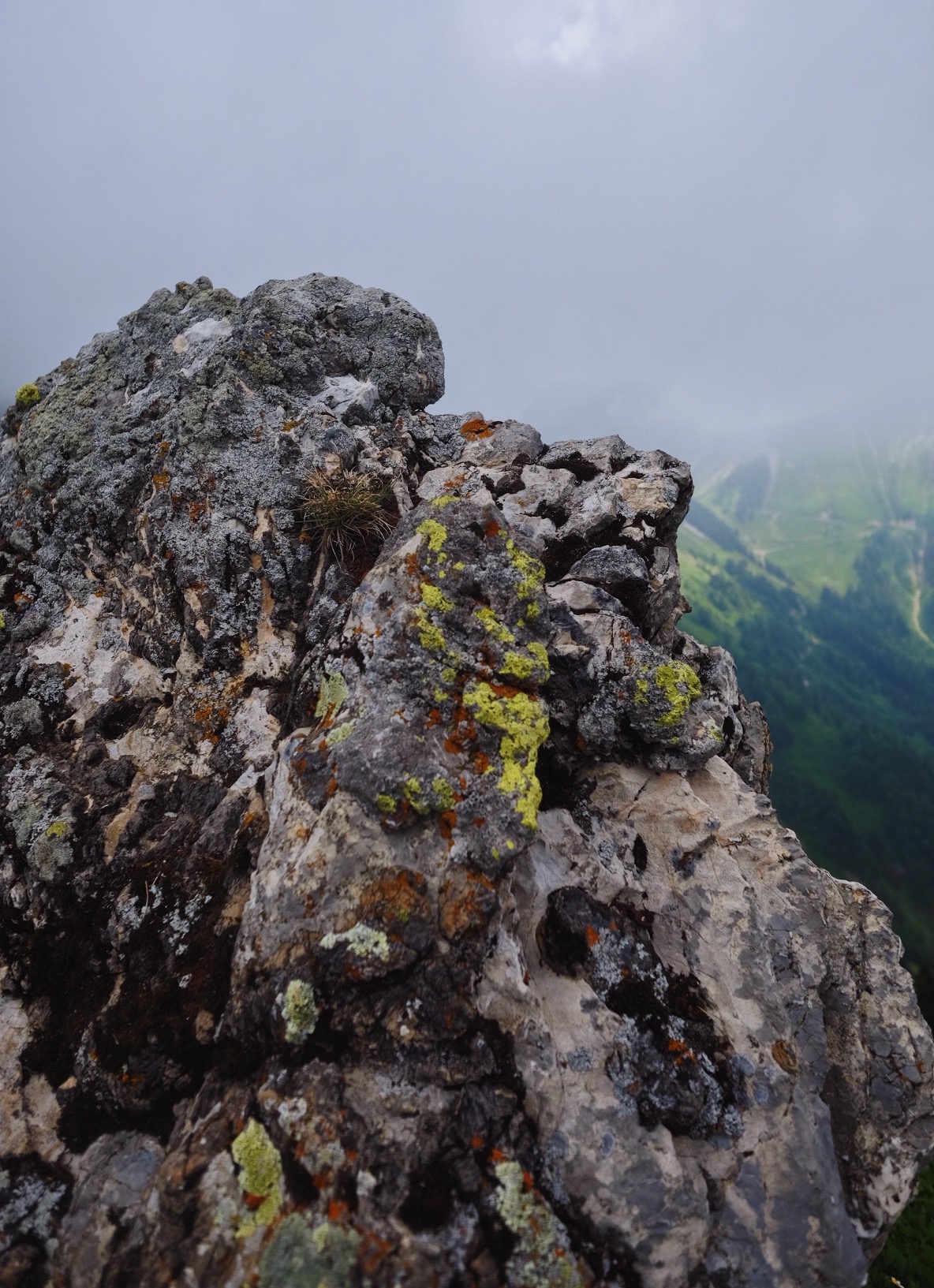
We had to take a victory selfie at the top.
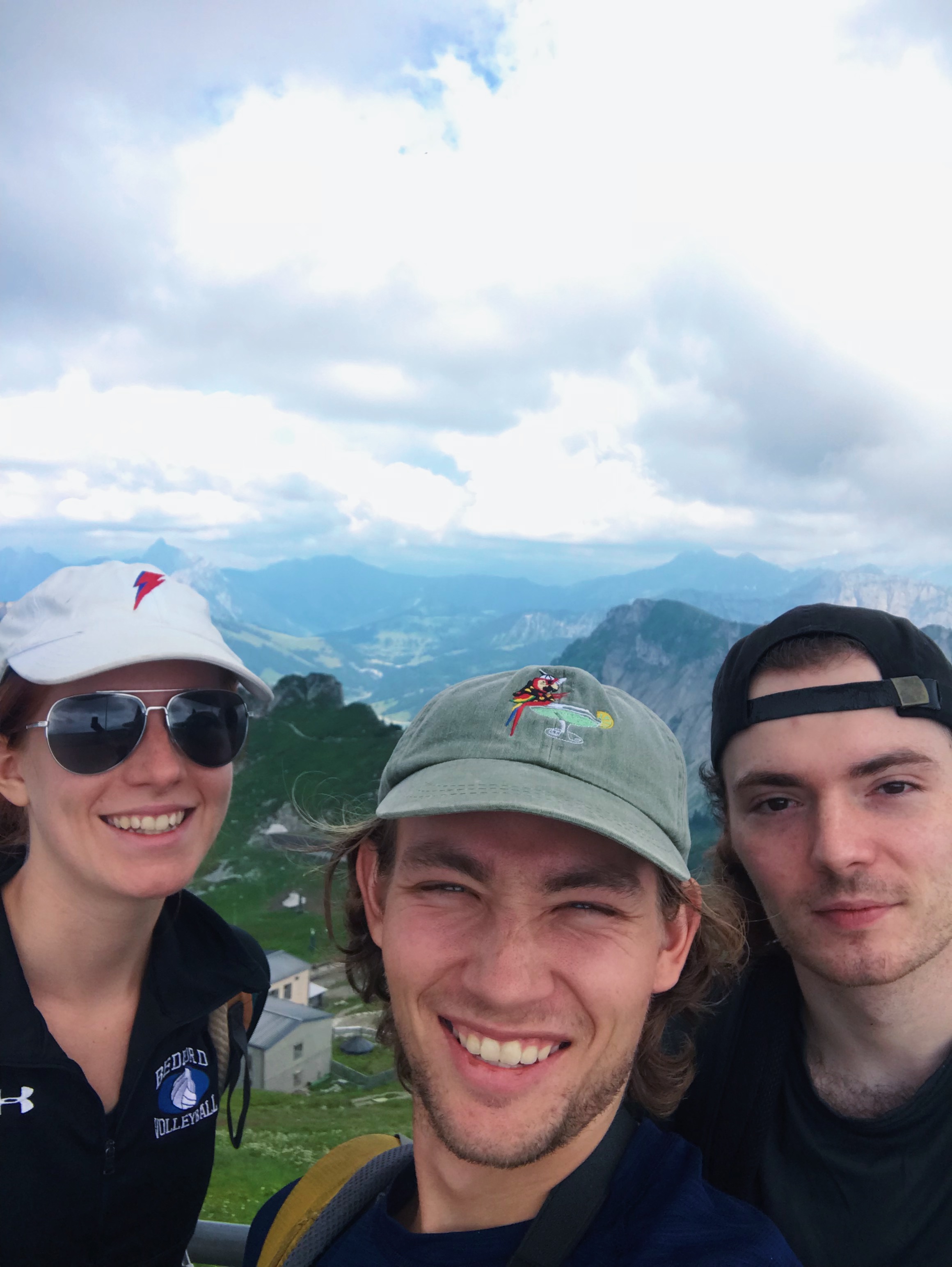
It has certain similarities to this picture that I took of the marmots.
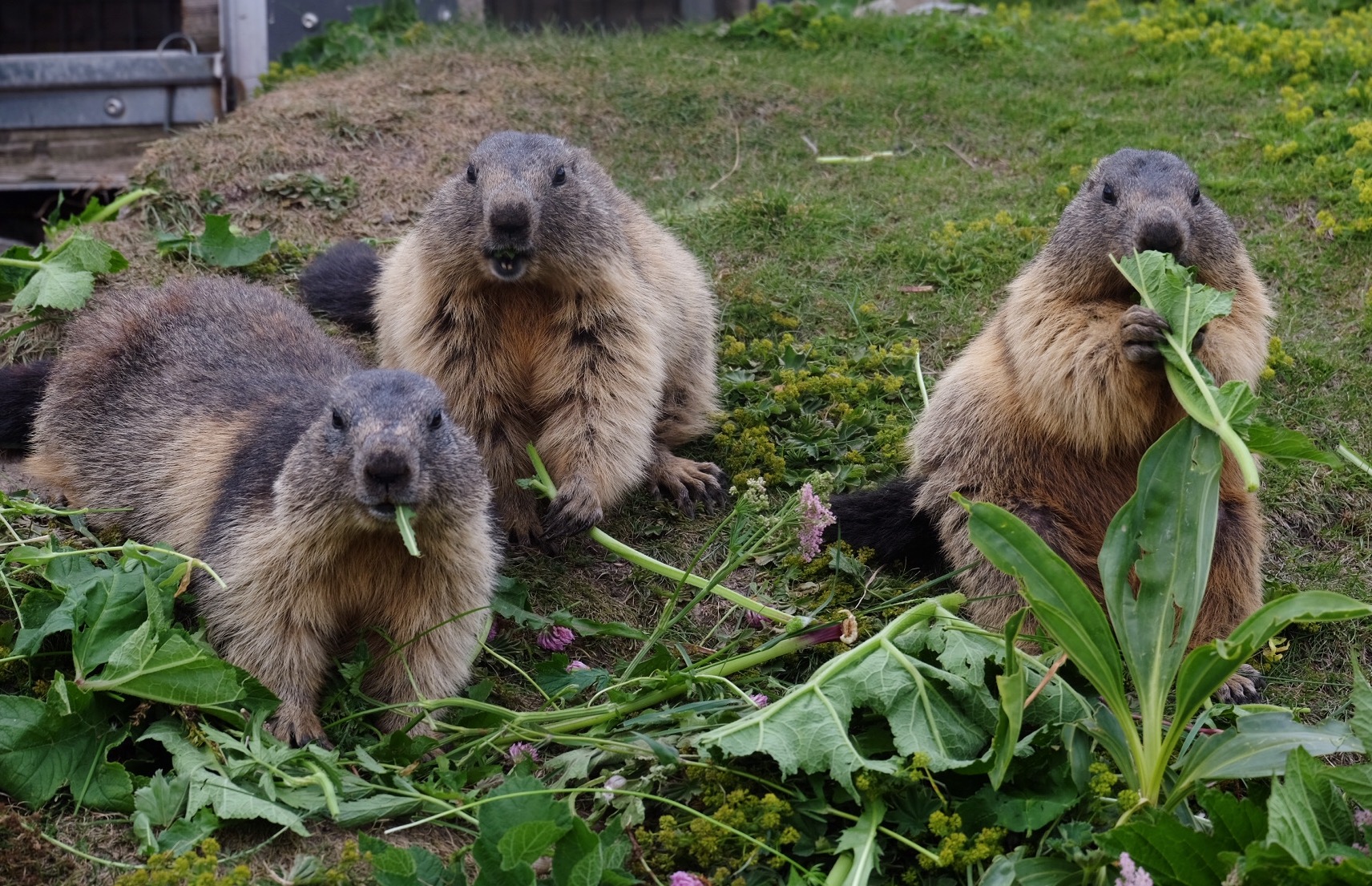
Marmots are pretty much just overweight squirrels. They're cute, and unfortunately going extinct.
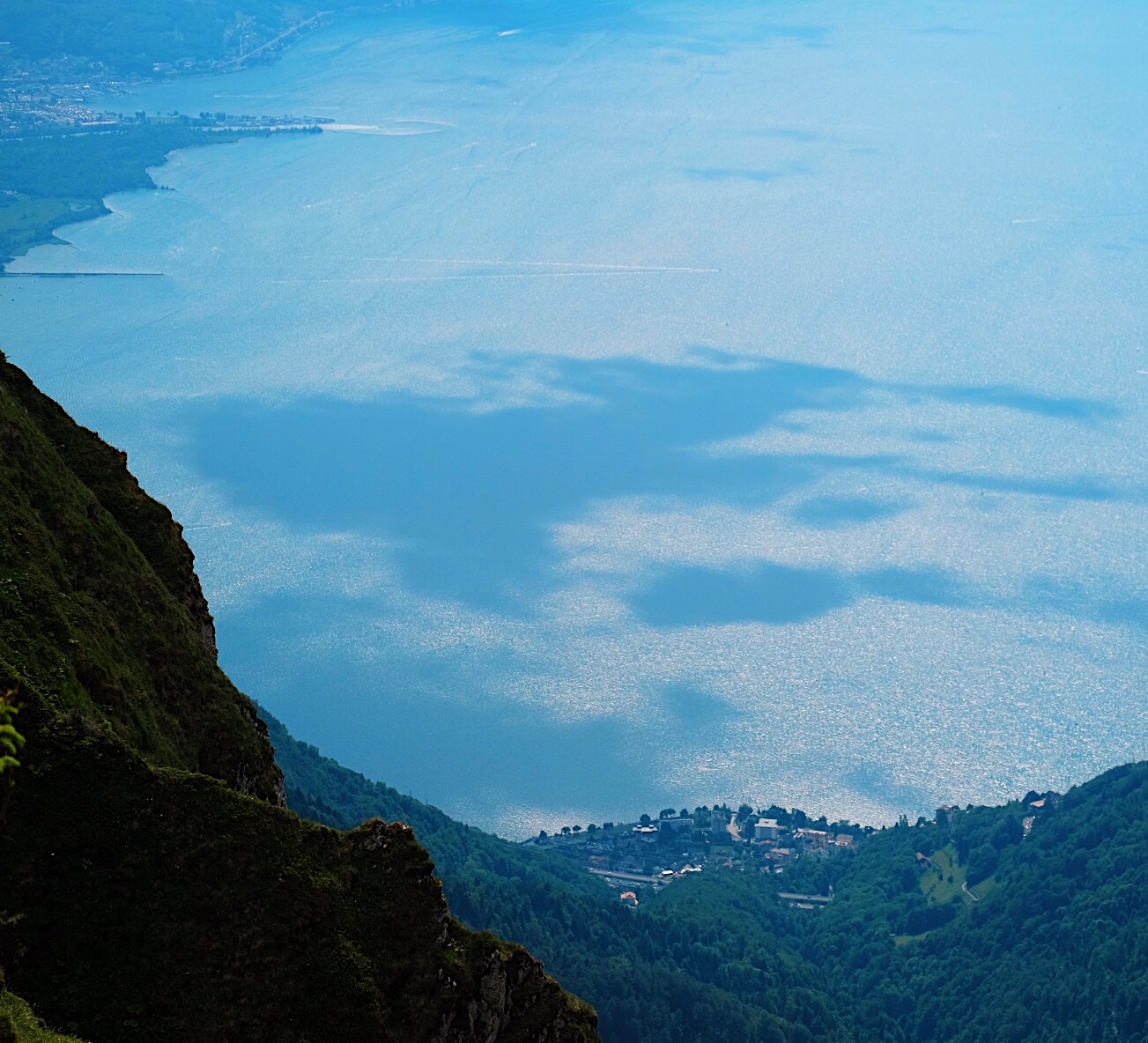
What a day.
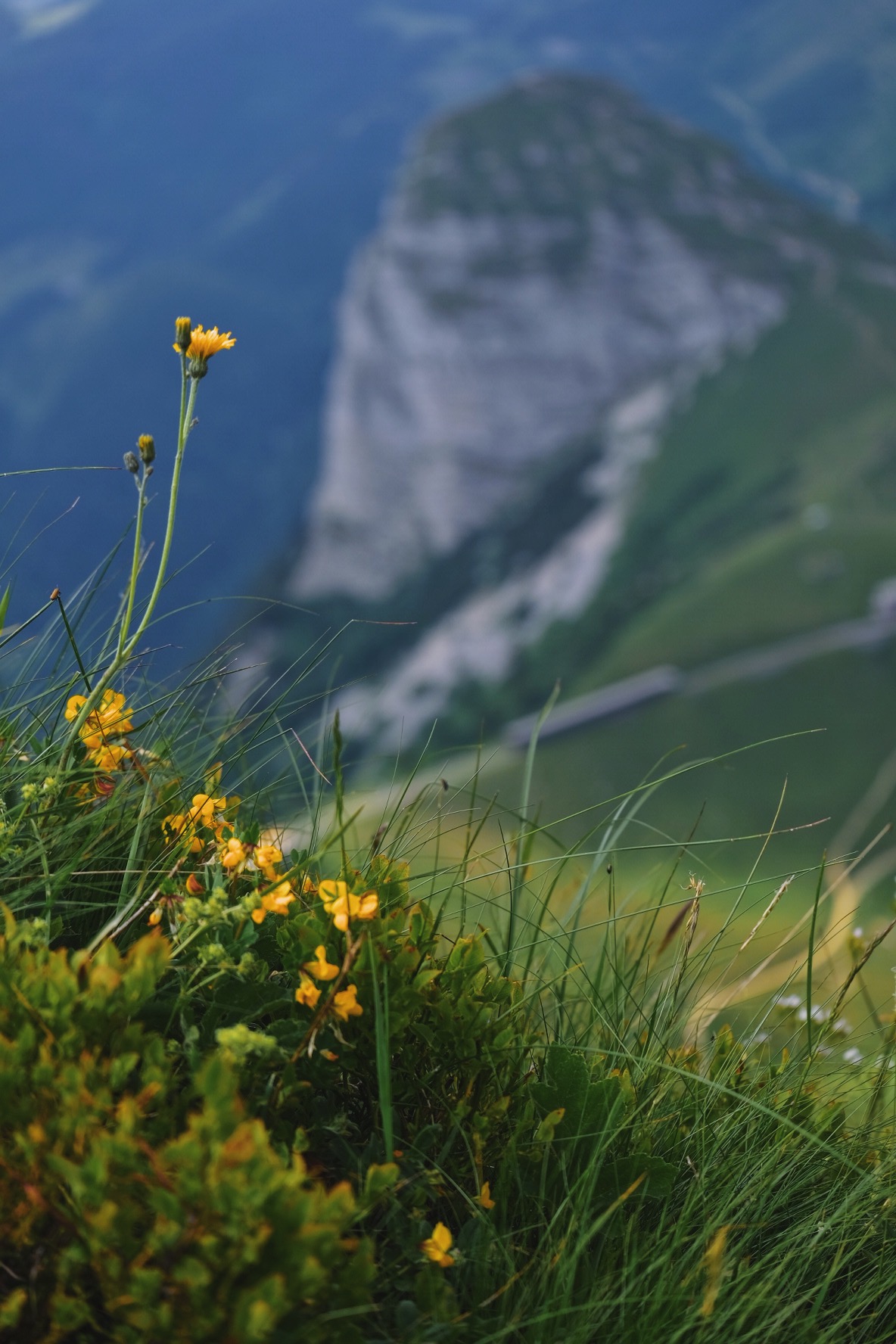
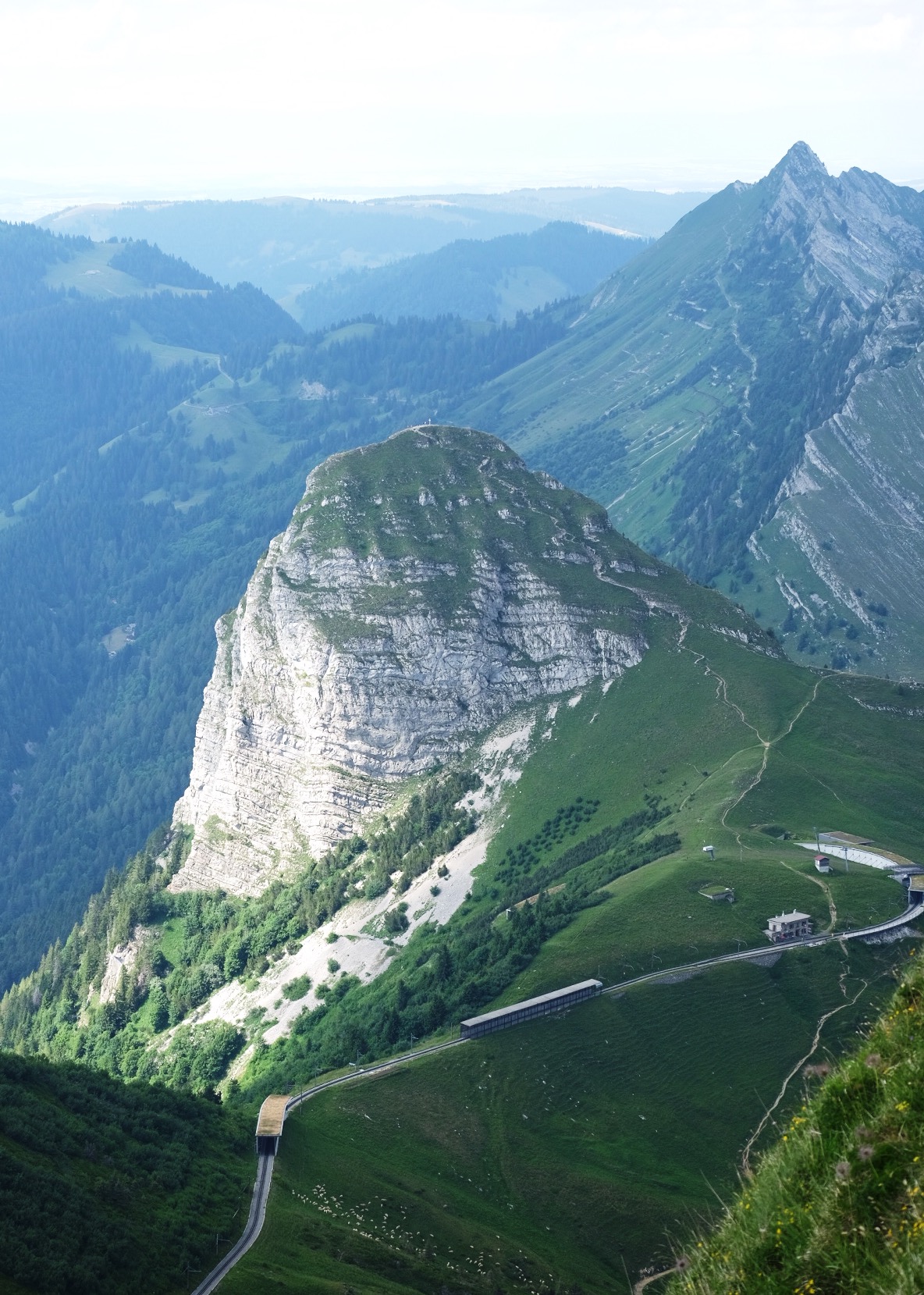
SPS Tunnel
Yeah that's right, it's finally happening. I went into the SPS this week to take some measurements.
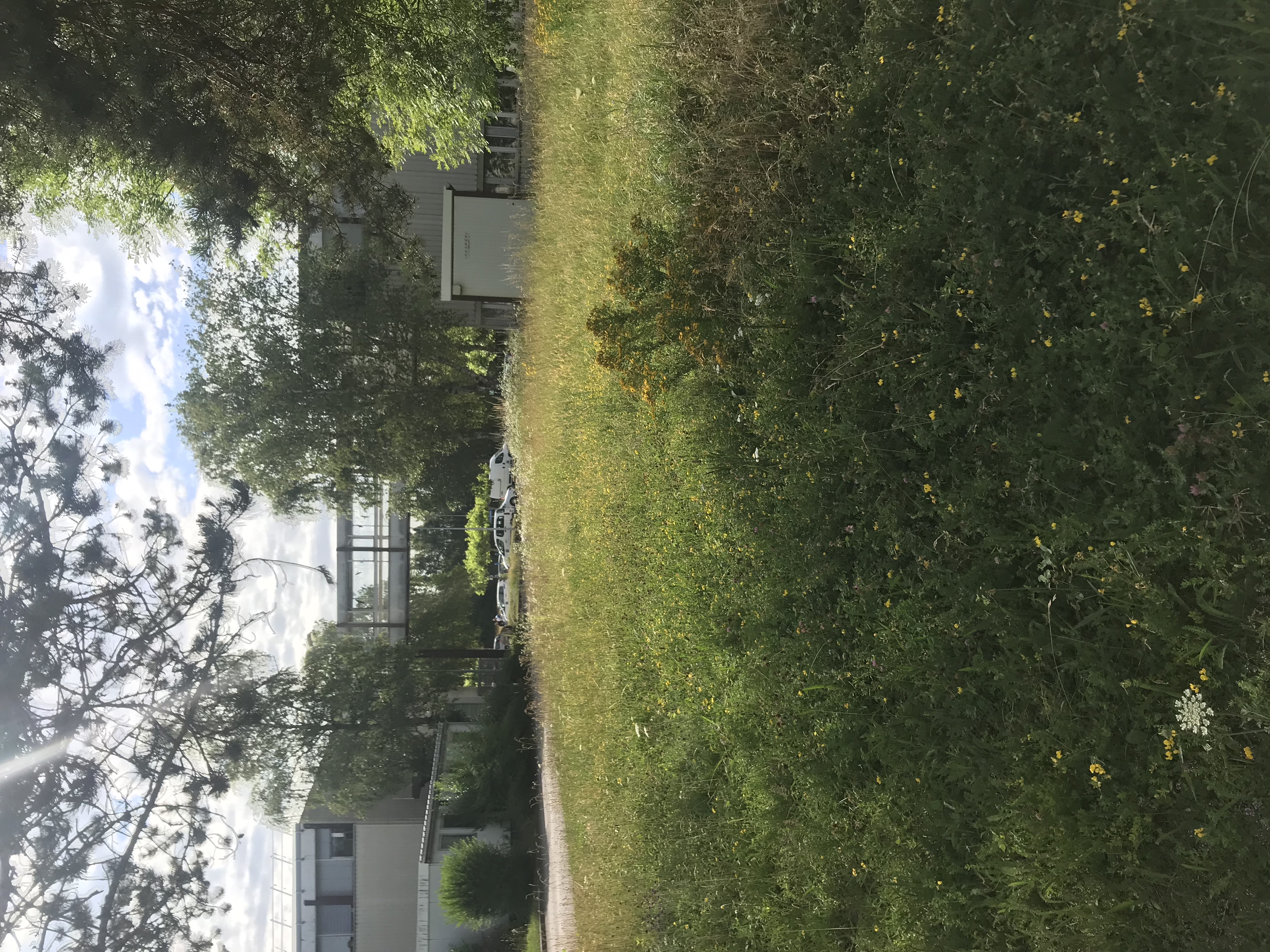
These are the radiation checkpoint doors. People swipe in and then go through the turnstyle, then when you're in you take all the equipment through the normal door.
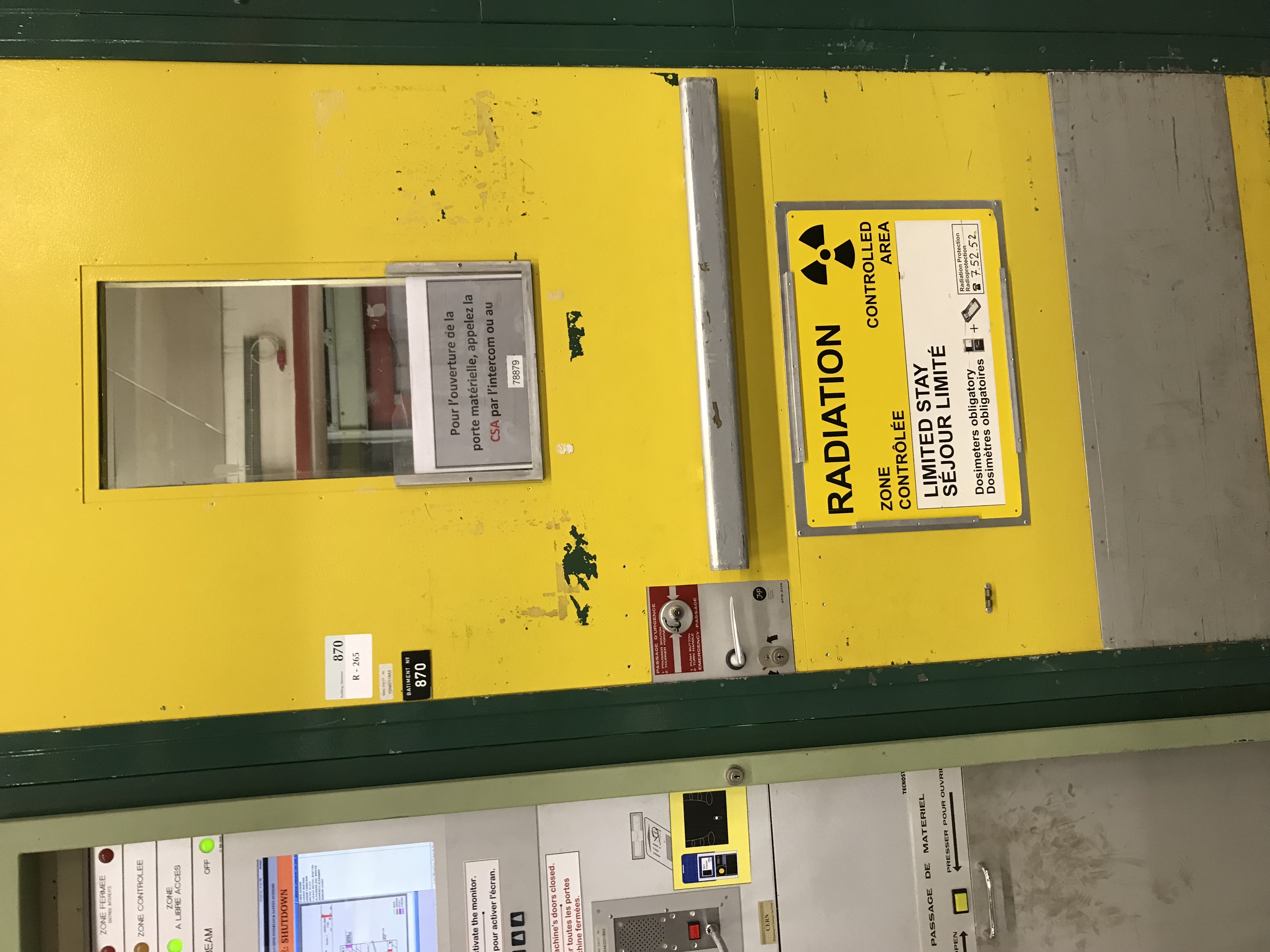
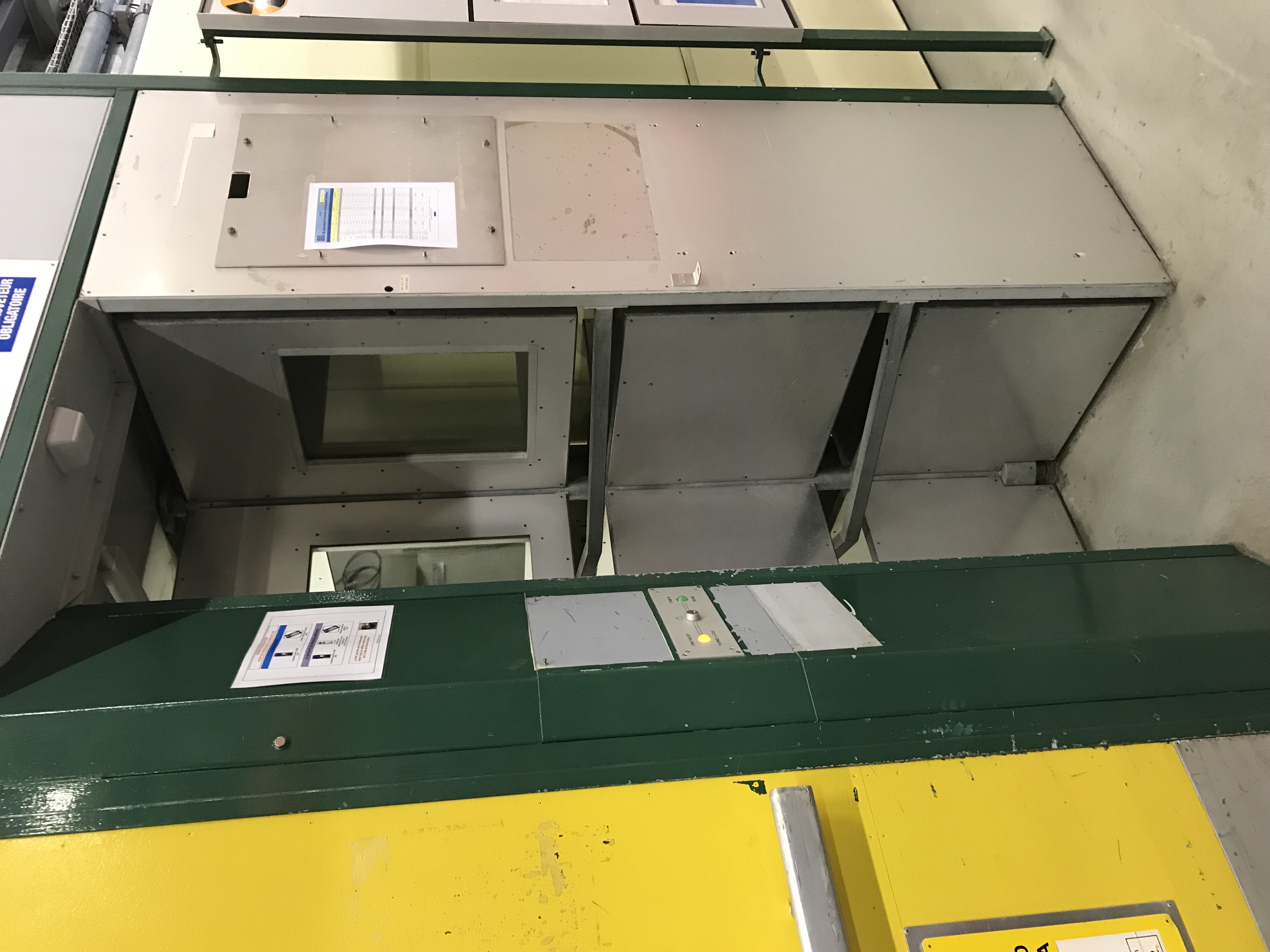
Then you get in a big industrial elevator and push floor -24, which I think is hilarious.
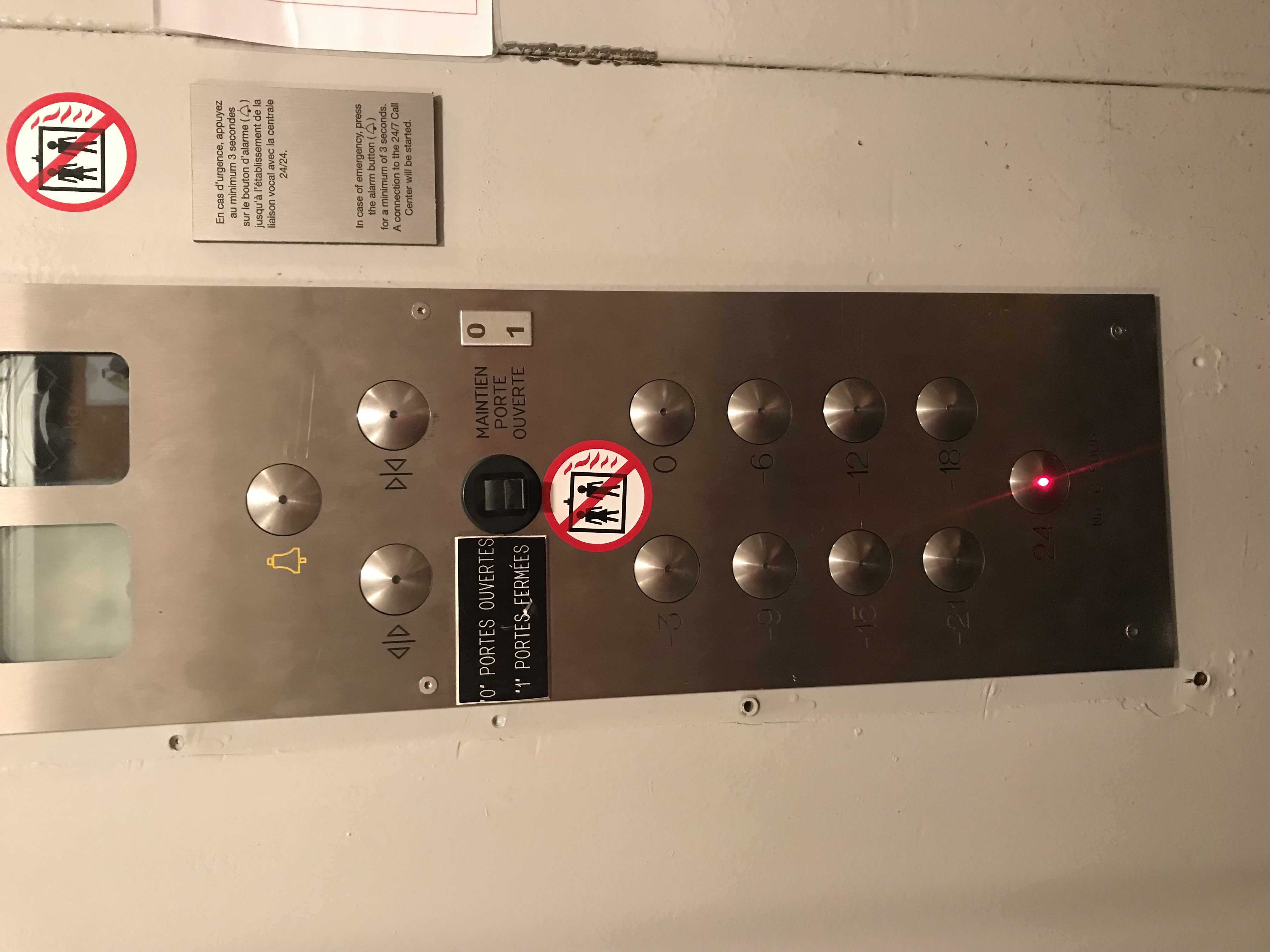
Then you're more than 200 feet underground, and there are so many cool things to look at it.
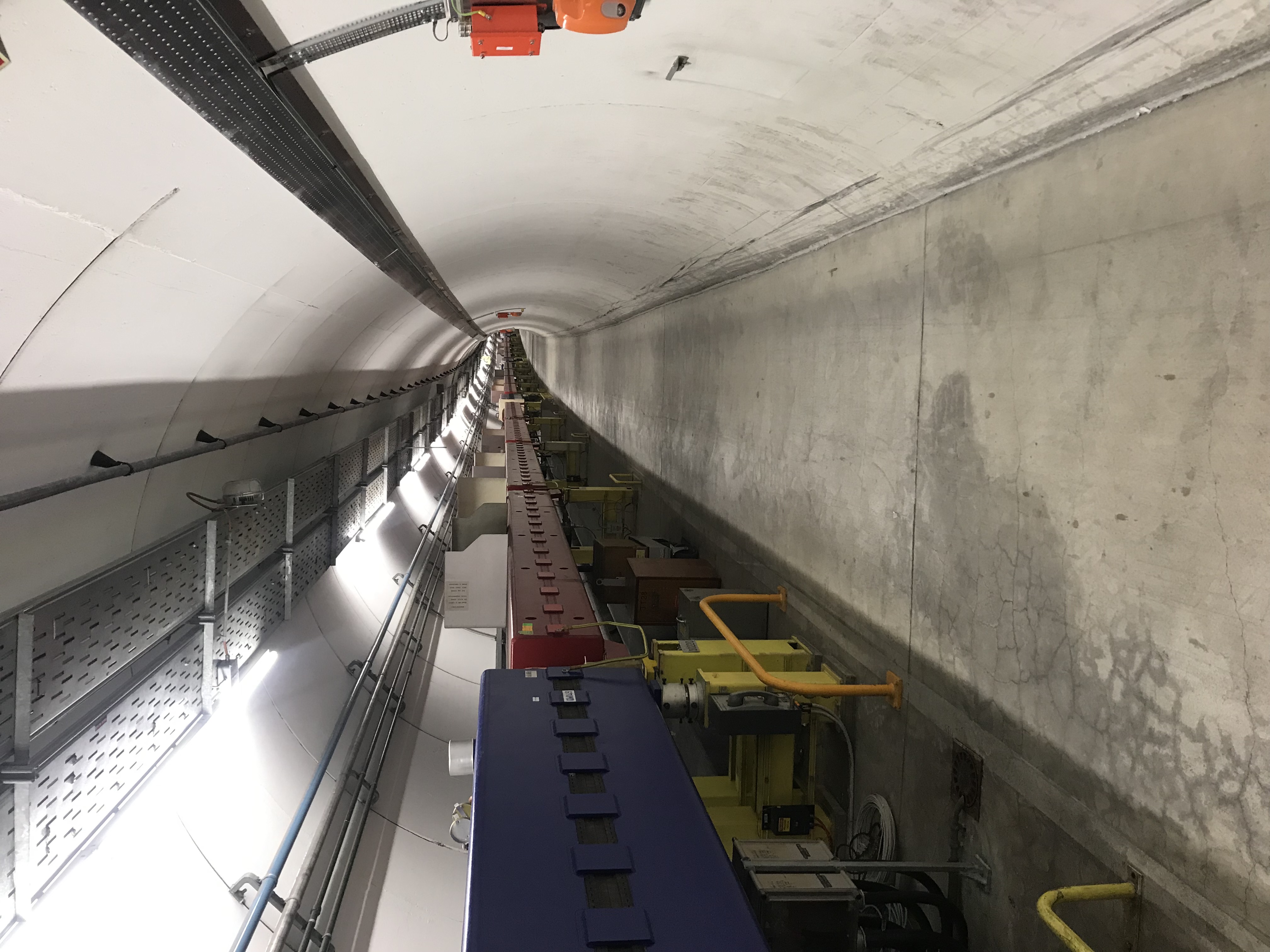
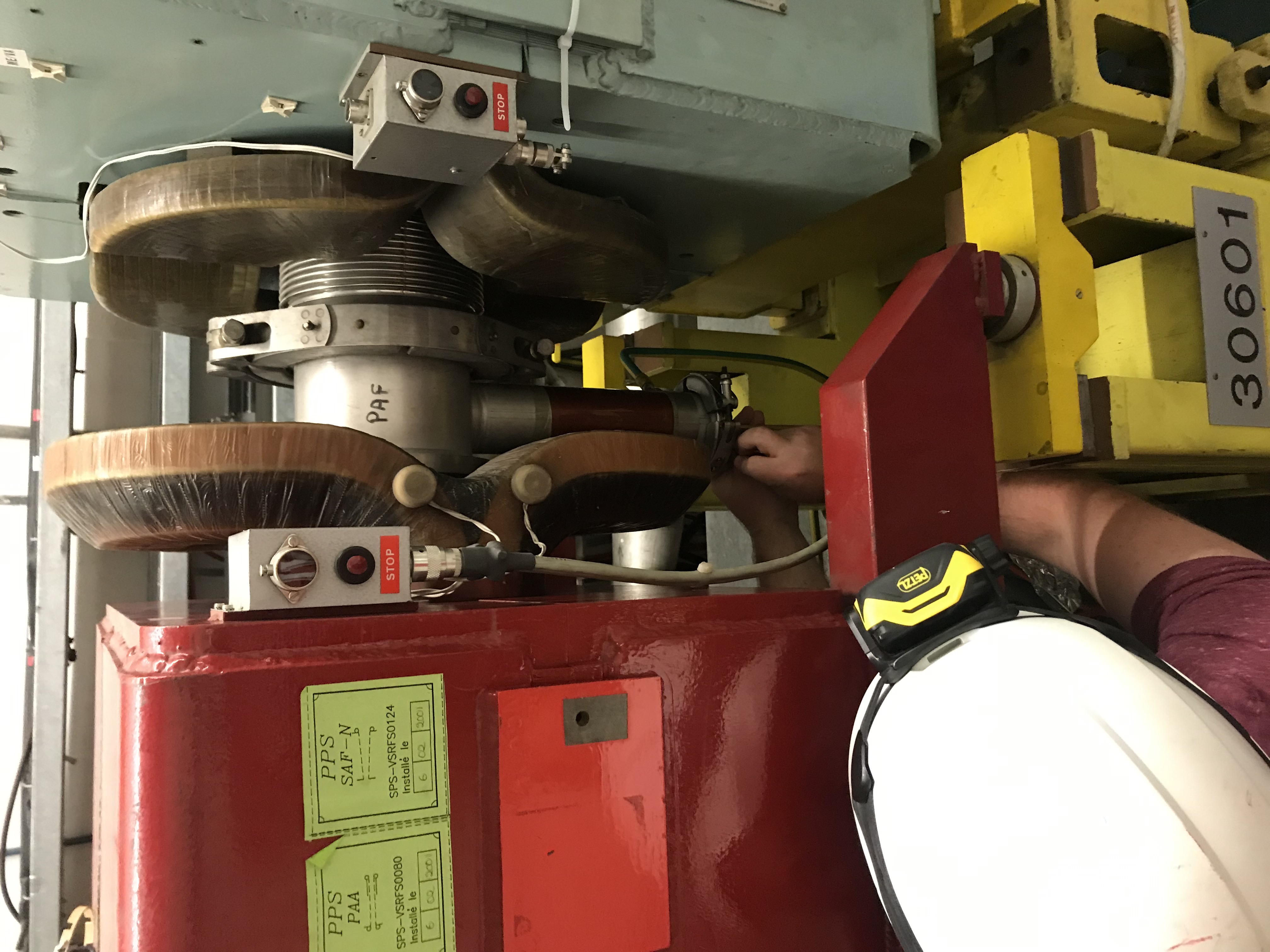
Most of the length of the accelerator is just giant magnets to turn the beam in a circle. The dipole magnets are painted red, and the quadrupole magnets are painted blue.
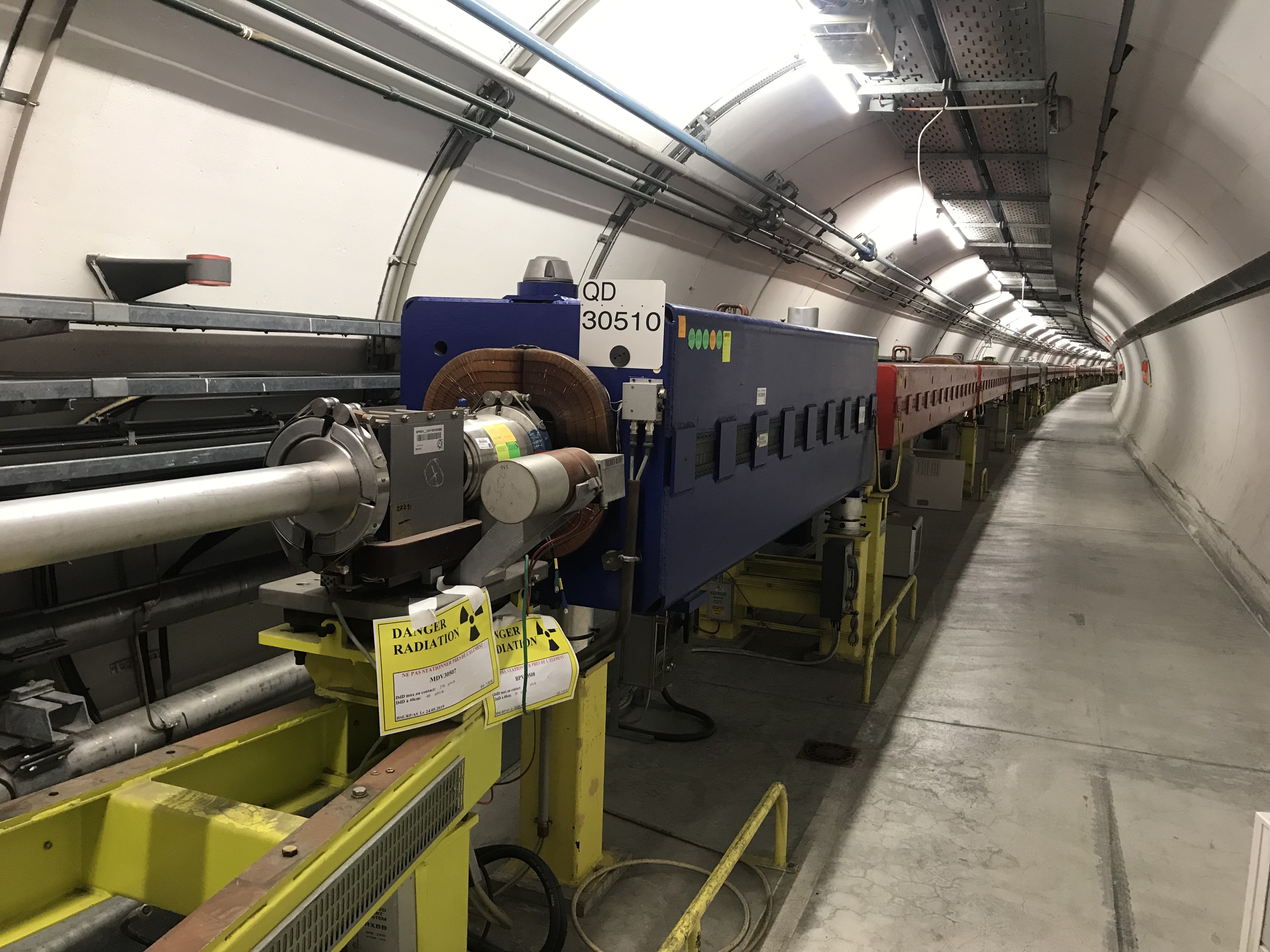
The spots where there is just a long metal tube (like above) are usually where they have taken a part out to work on it above ground. The whole accelerator is like a giant lego set. In general, you can take out parts and rearrange them and combine them in different orders to do different things better. But you have to be careful, because some areas are pretty radioactive.
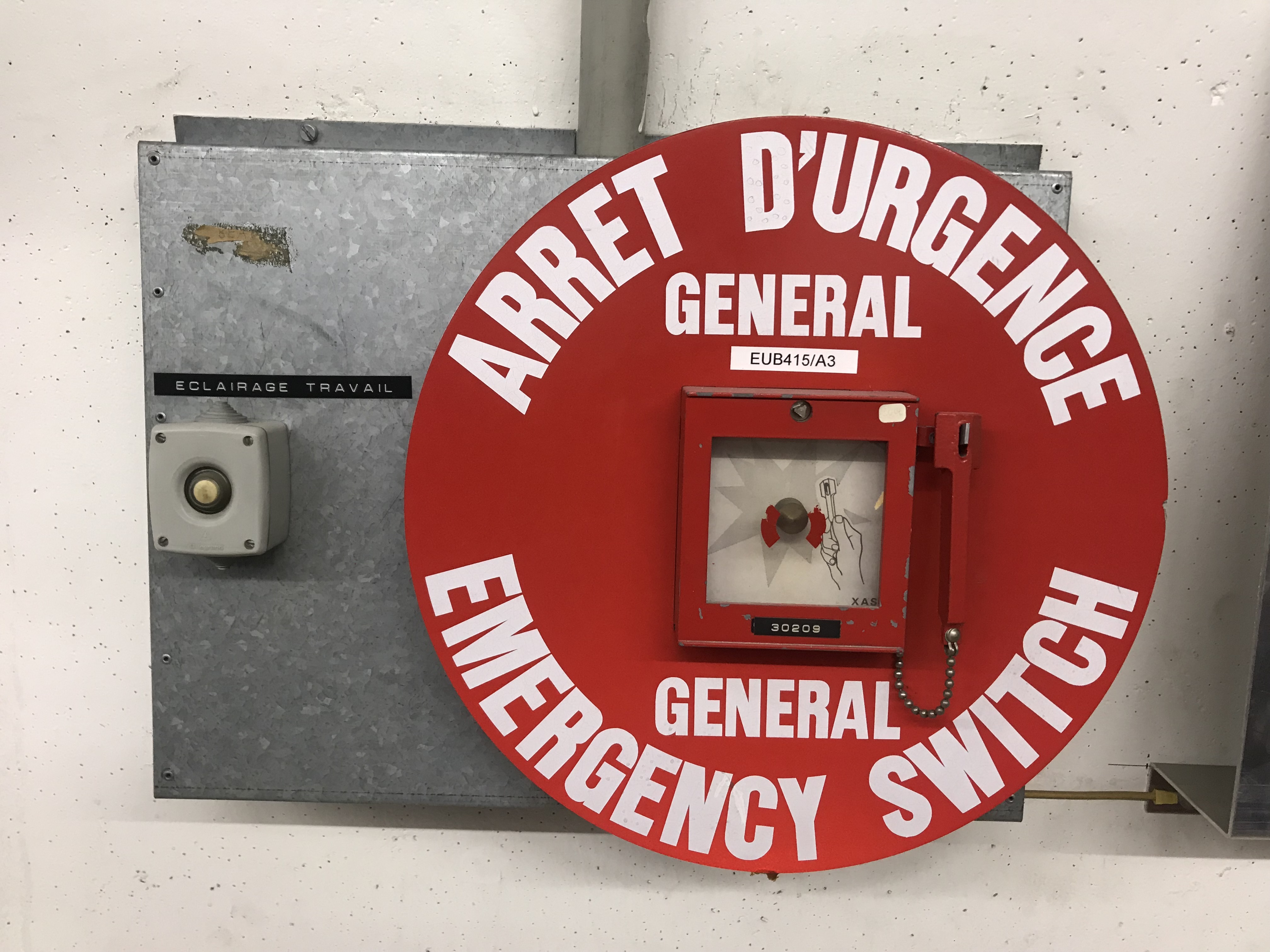
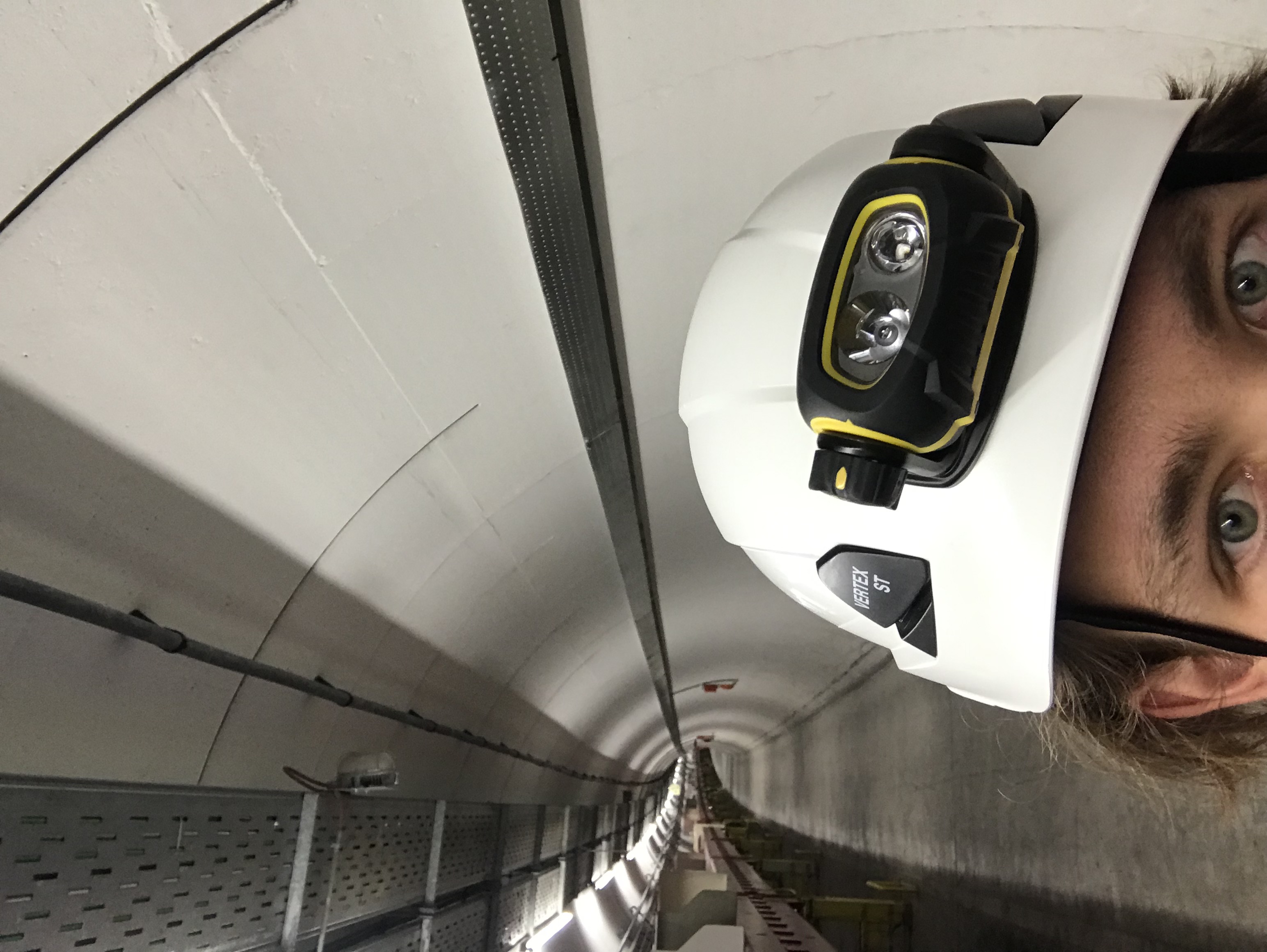
We were down there to do S-parameter measurements on two different types of parts. The first was the vacuum ports that are used to suck all the air out of the beam pipe. The second were the beam position monitors (BPH / BPV), which measure the position of the beam in the horizontal and vertical directions as it passes through them.
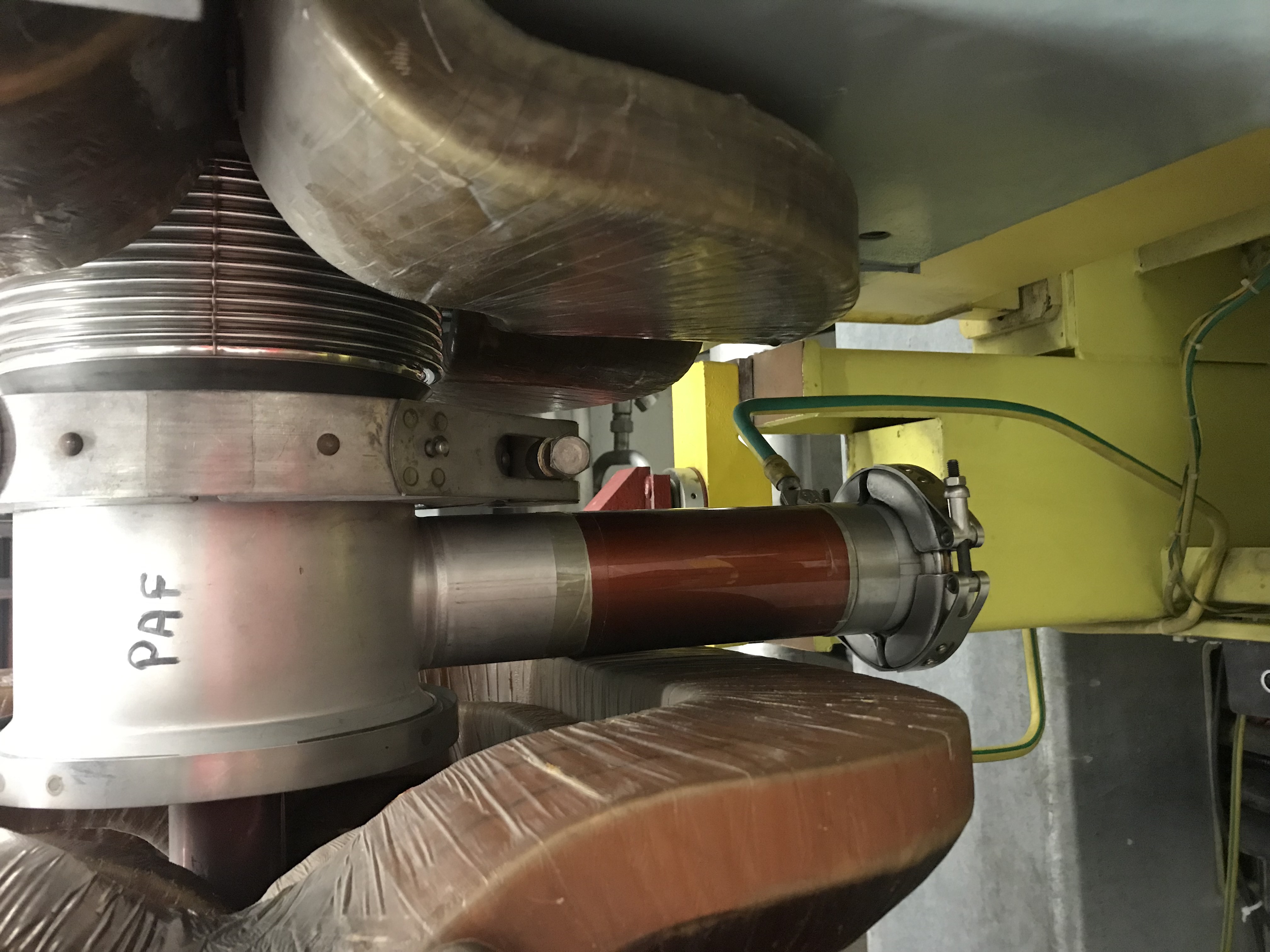
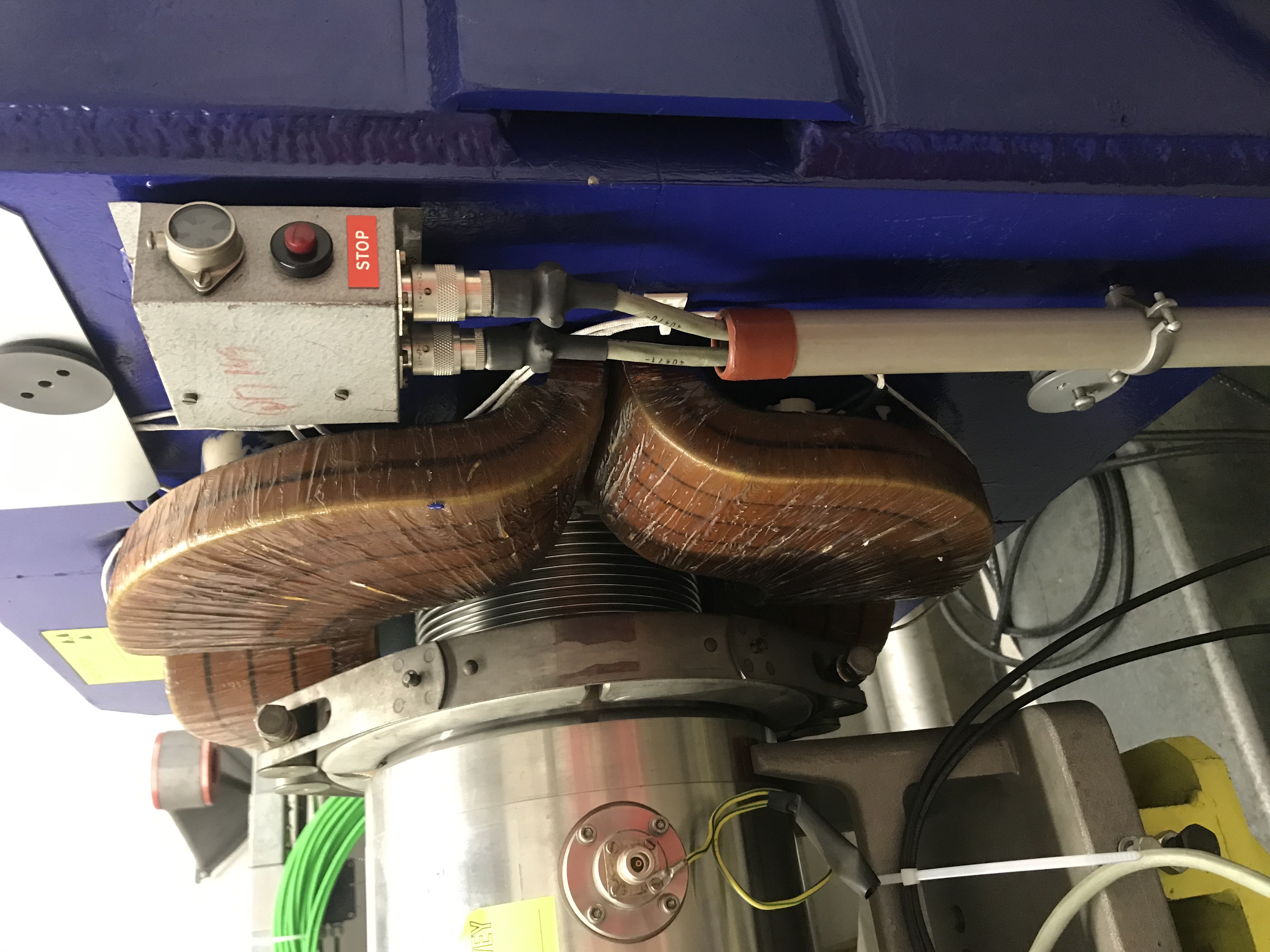
Both of these parts disrupt the cylindrical shape of the beam pipe and create areas where the fields generated by the beam can get 'stuck' as standing waves. This isn't good for the efficiency of the accelerator, so there are finger-like structures that act as faraday cages to keep out the standing waves. You can kind of see the fingers in the picture below.
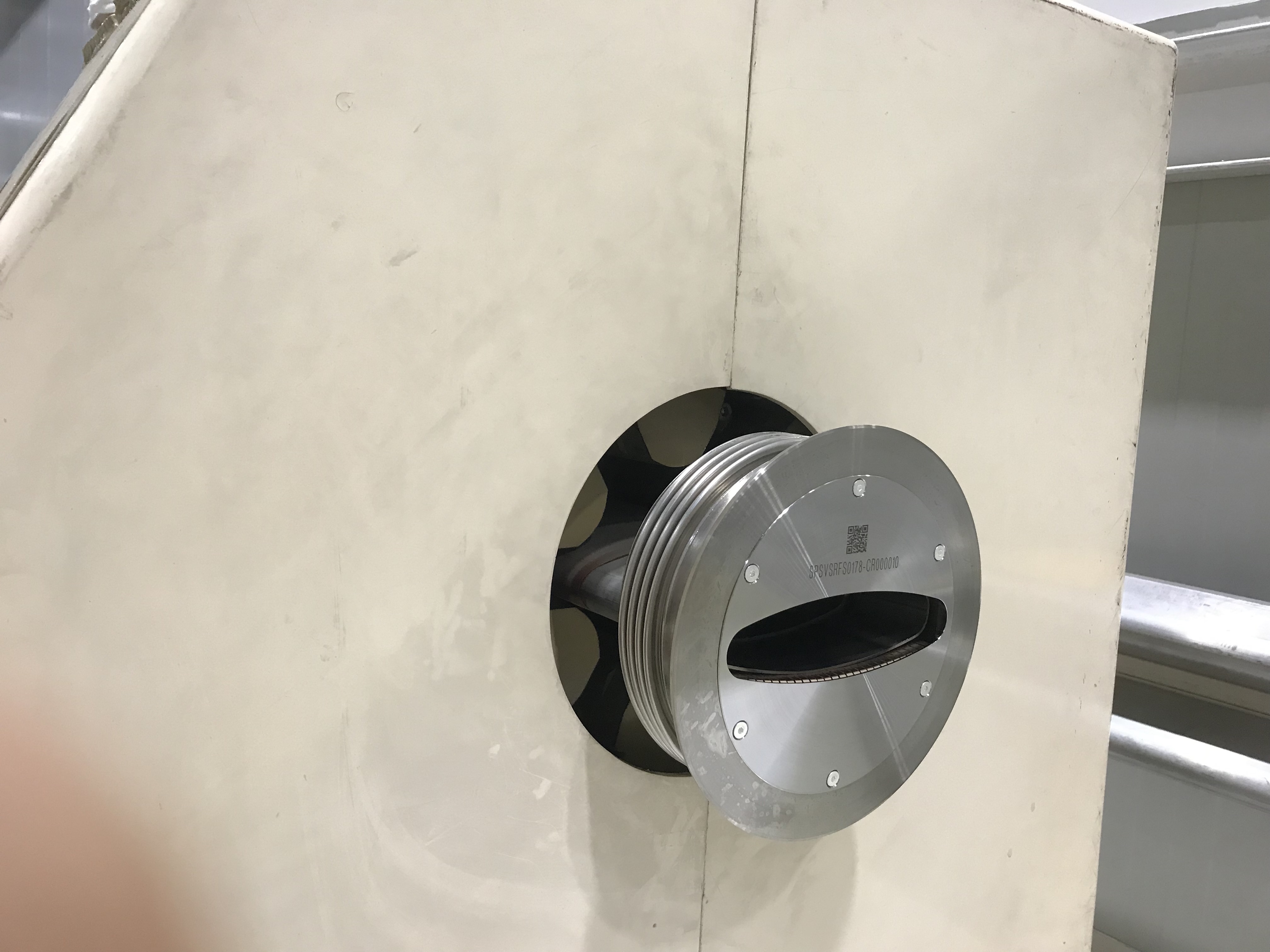
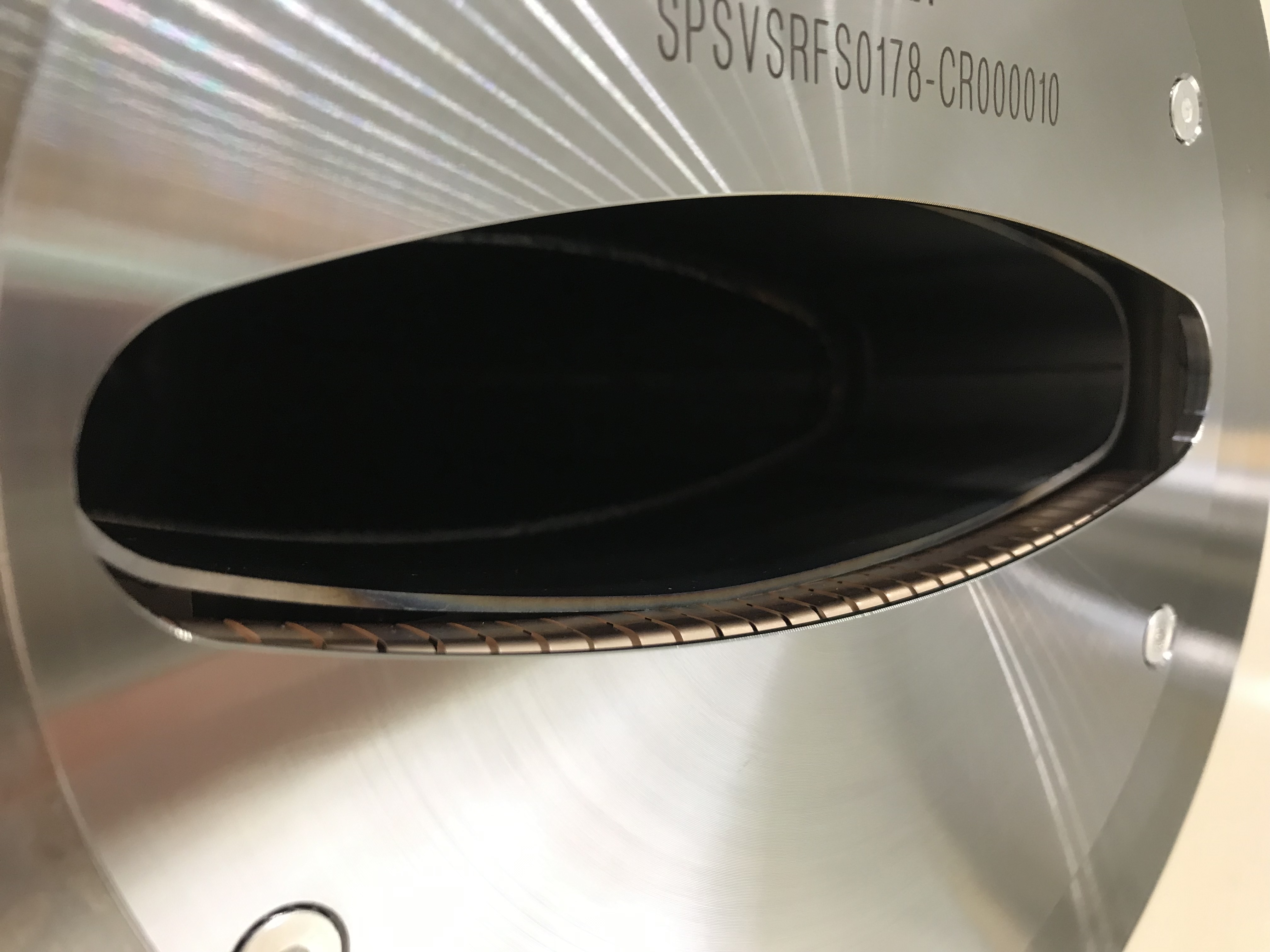
We were making sure that these finger-like things were doing their job using a Network Analyzer (VNA).
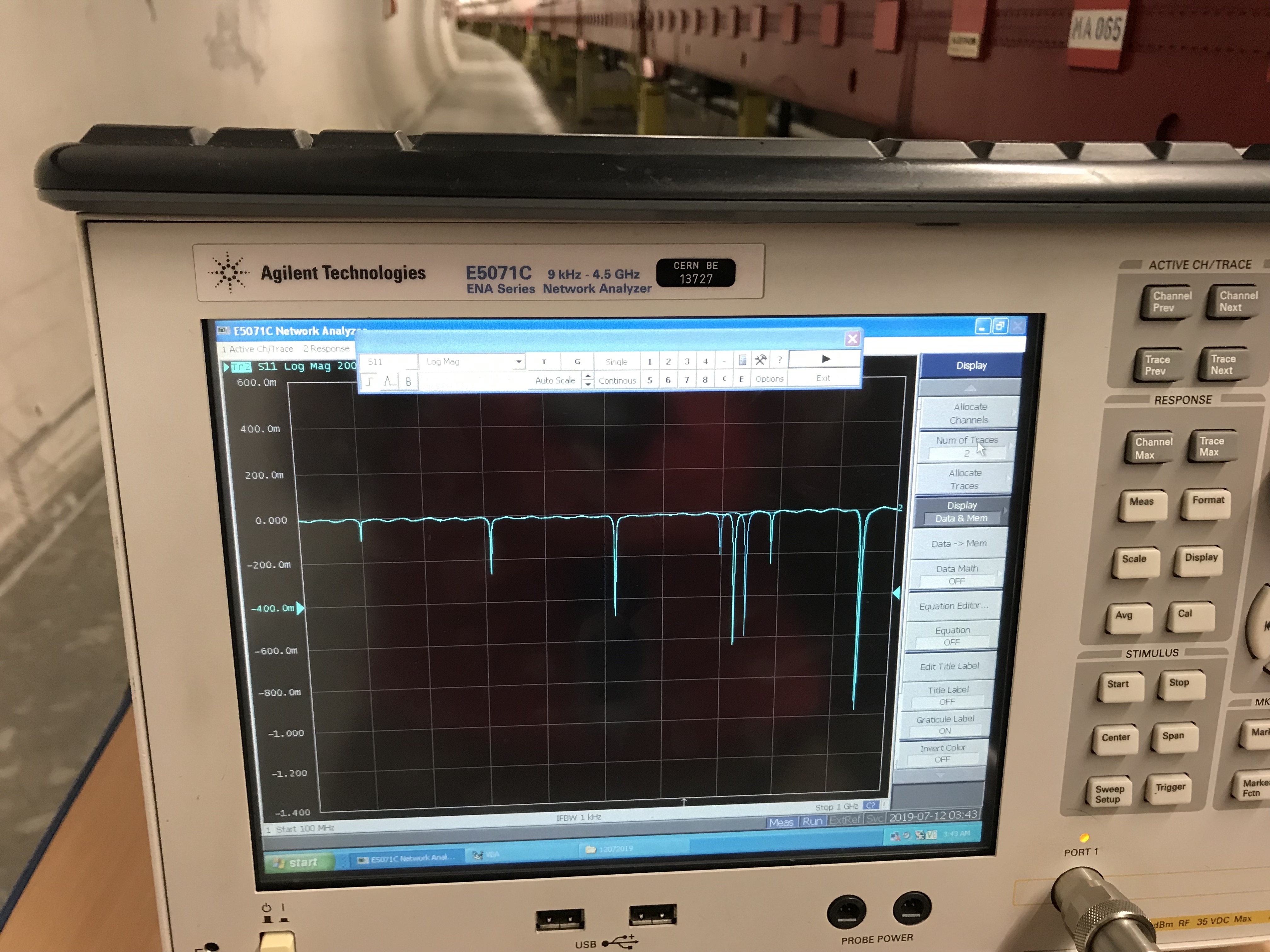
This graph on the VNA is two sets of S11 measurements overlaid on each other. We check to see if there are resonances in the vacuum port by shifting the probe to see if the peaks shift with it. If the peaks shift with the probe, we know they exist because of the probe. If they don't shift, then we know they occur because of the geometry of the port. It's hard to tell from the picture, but this graph shows that the finger structures are not working how they should be.
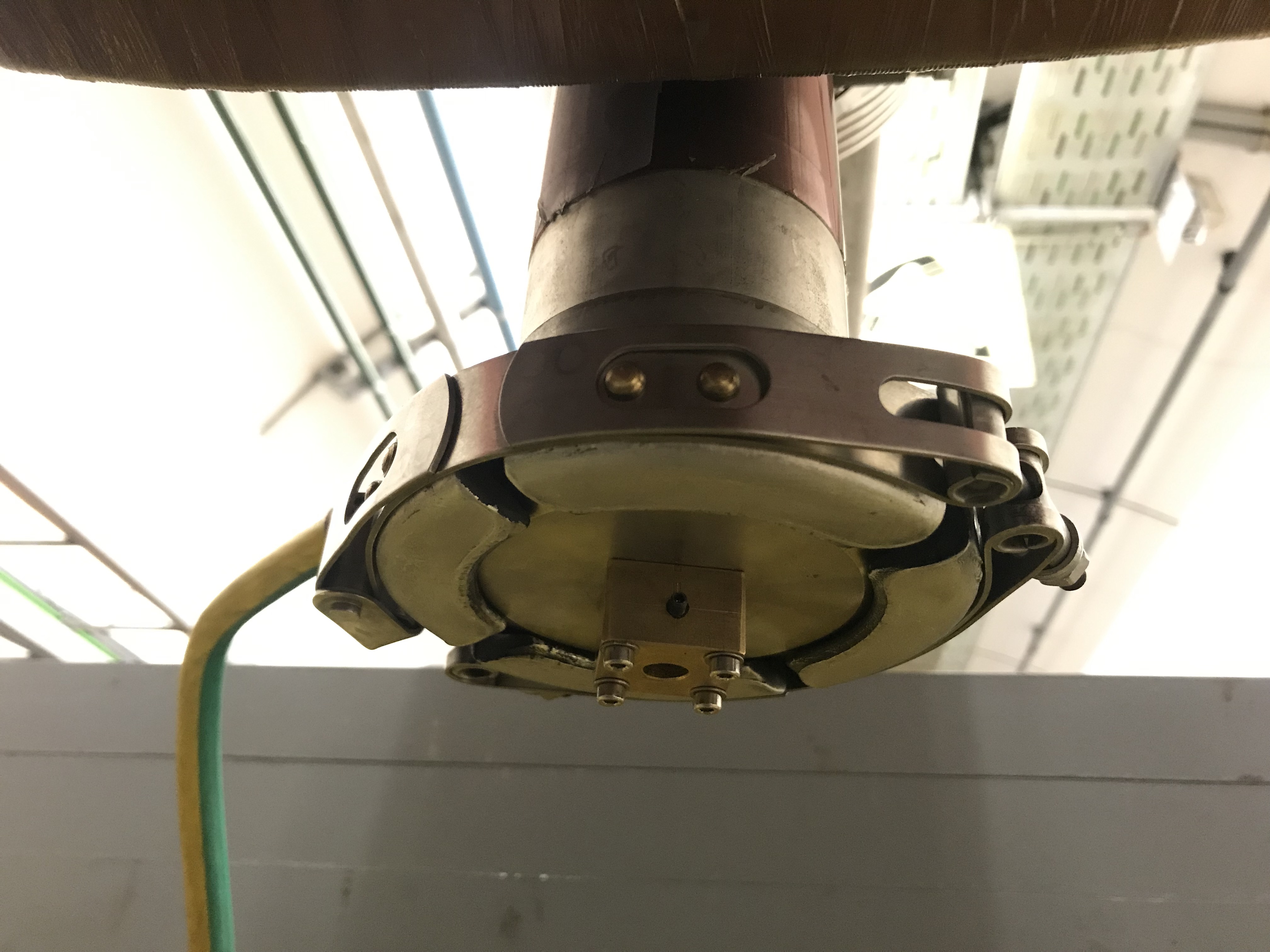
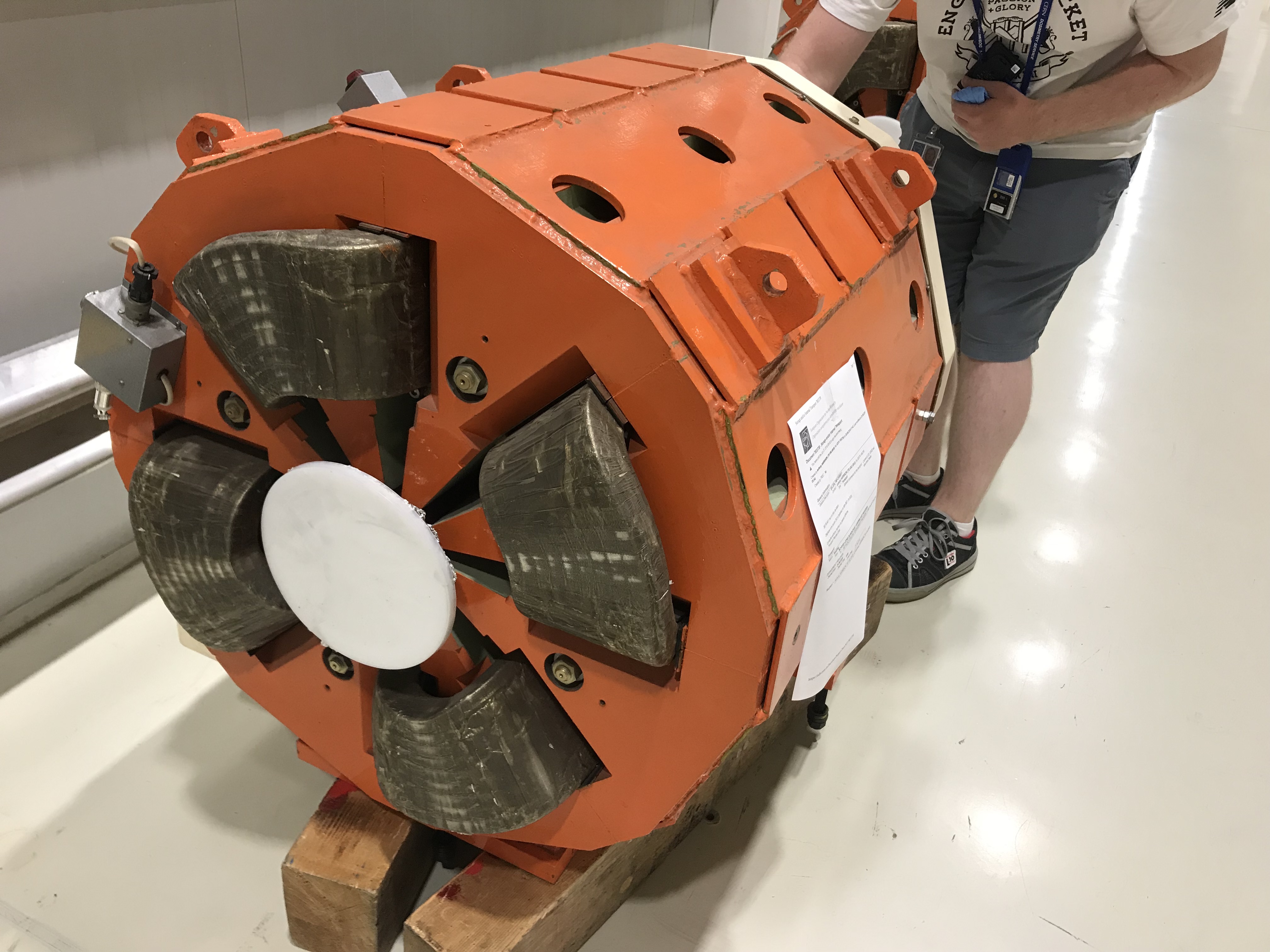
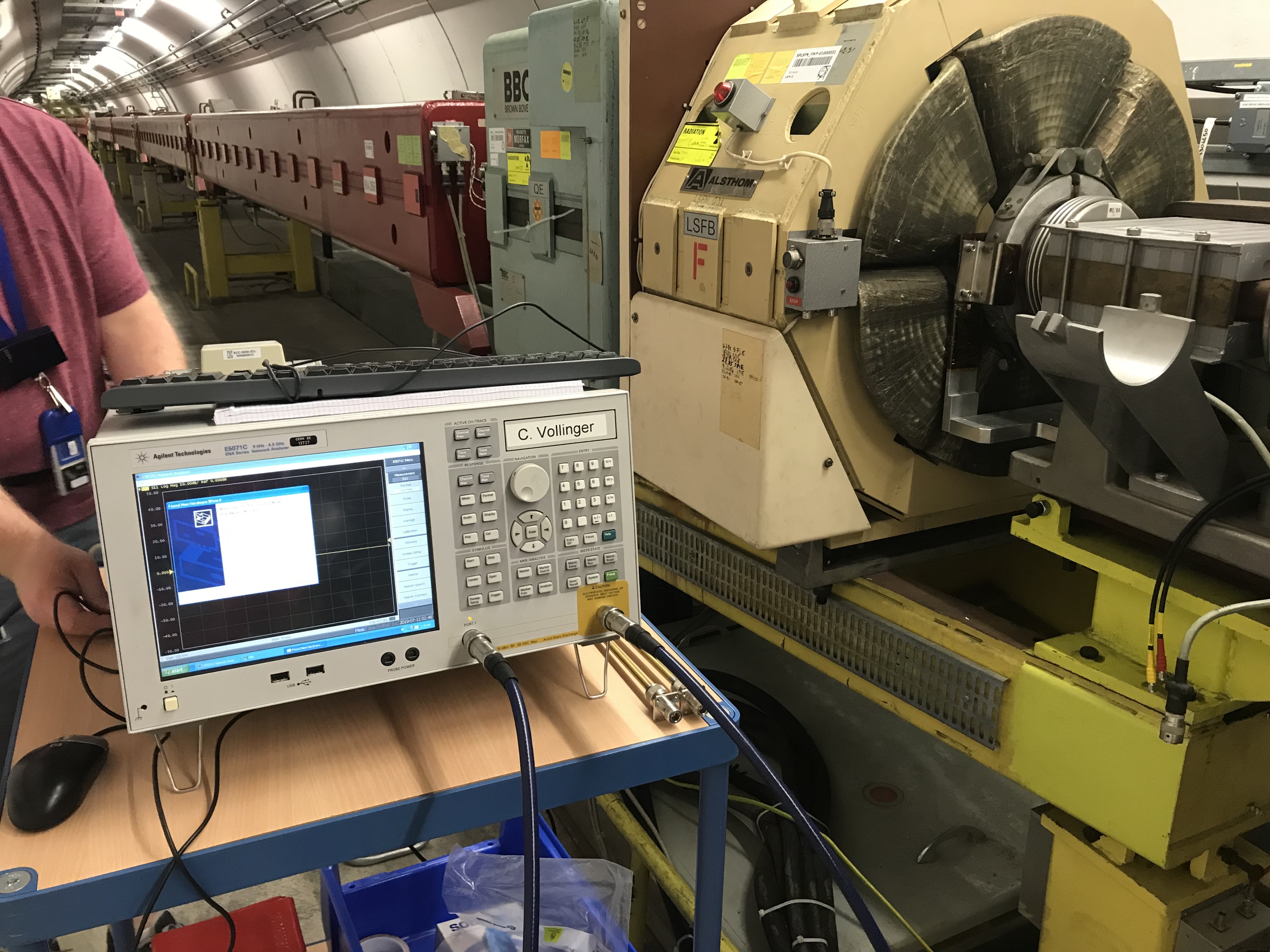
These are the hoses for the water cooling system of the 200 MHz cavities (the part that I am working on). The cavities aren't in the SPS right now.
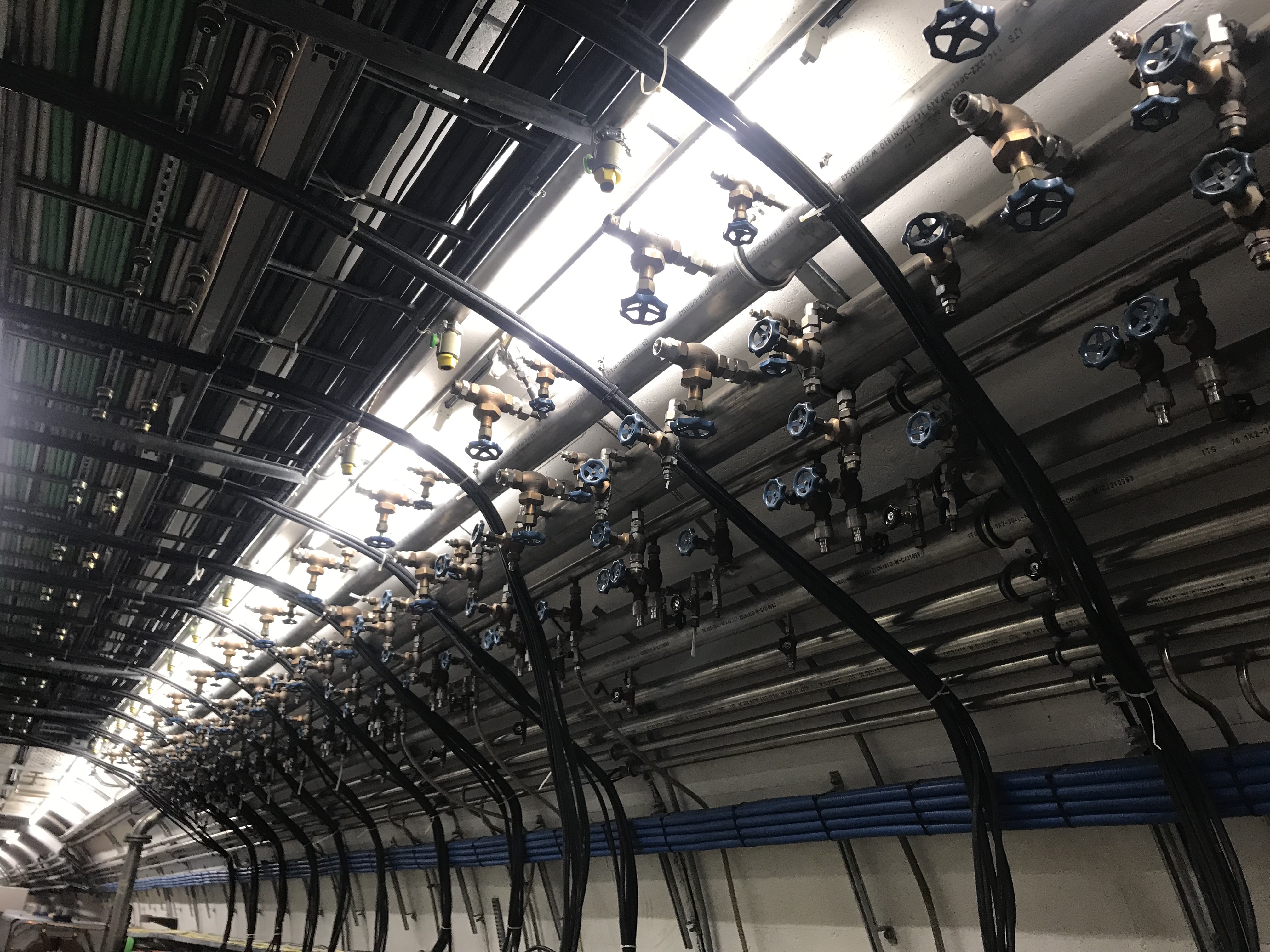
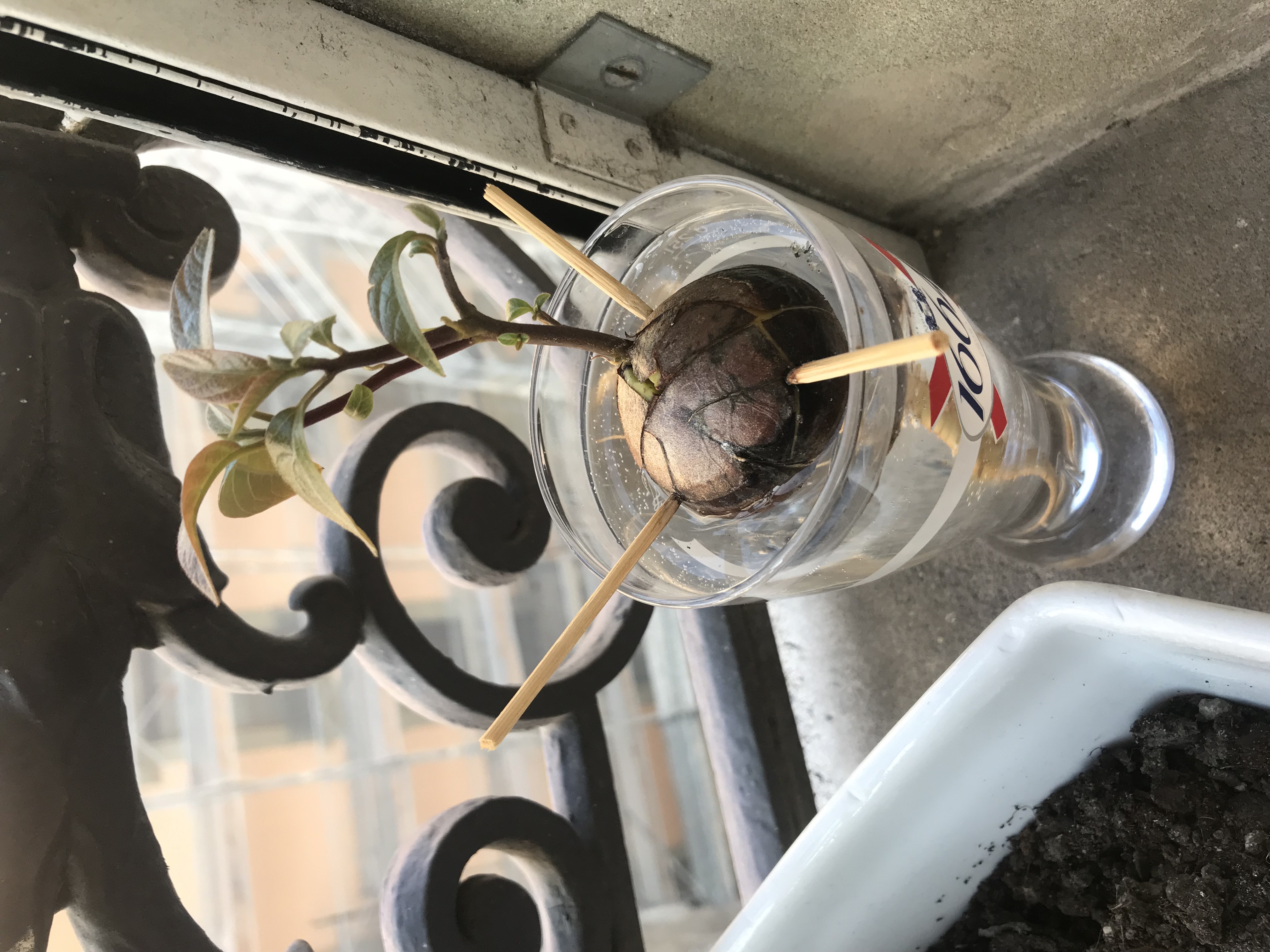
See you next time.
